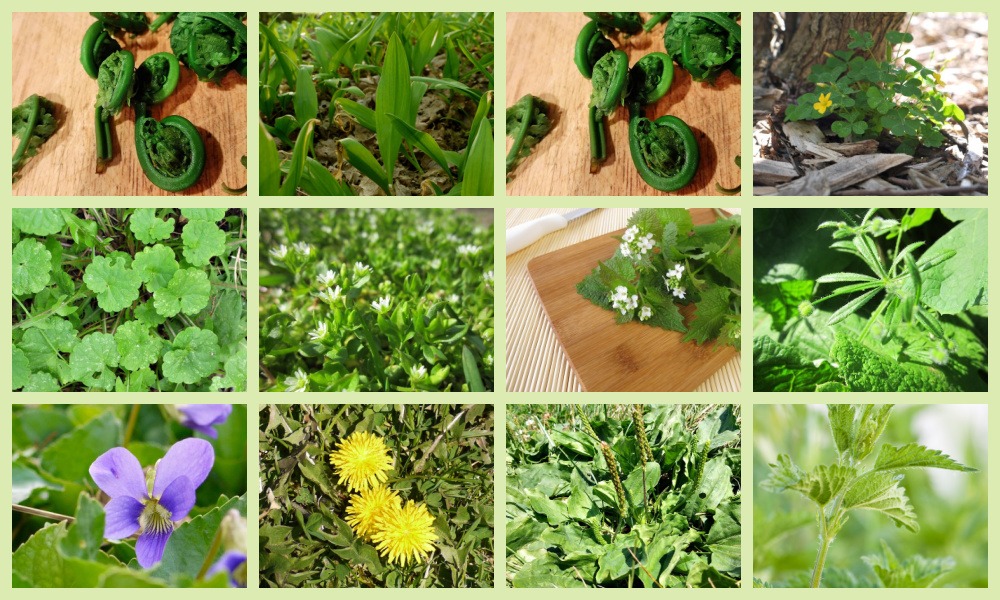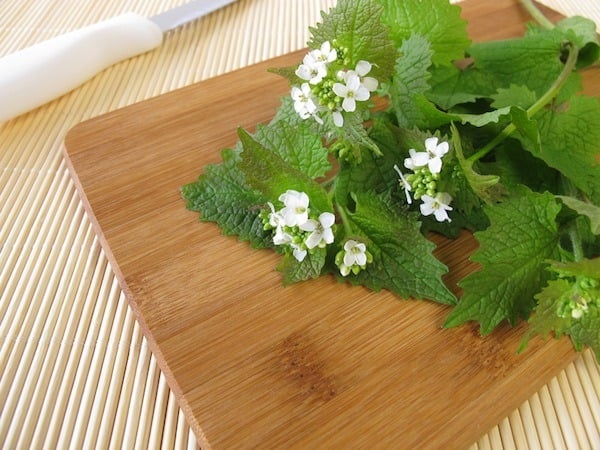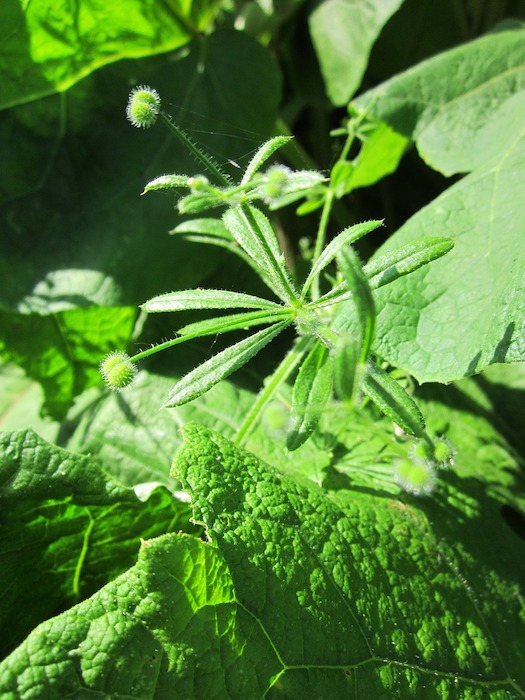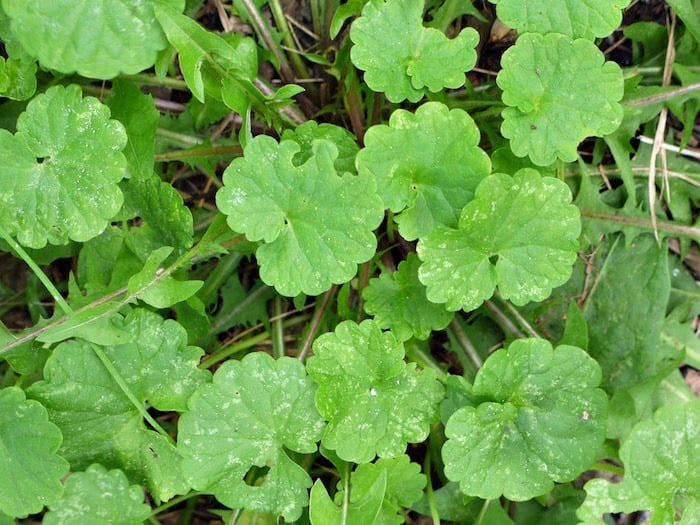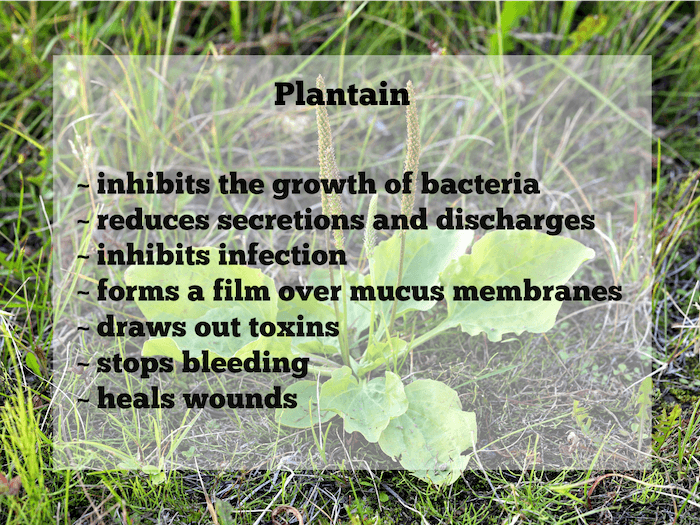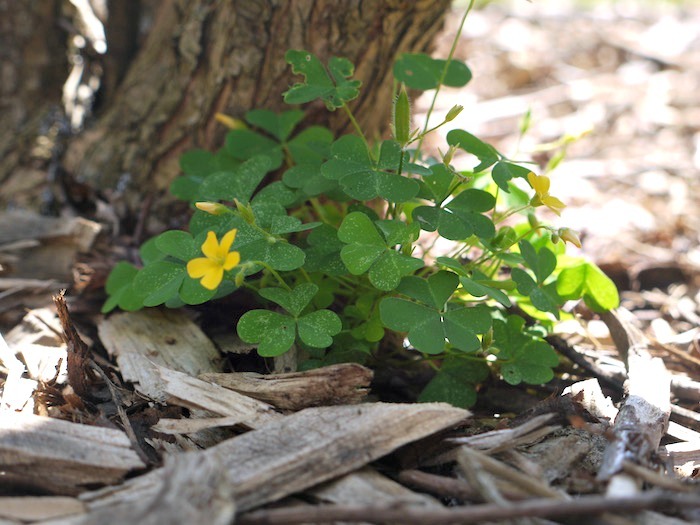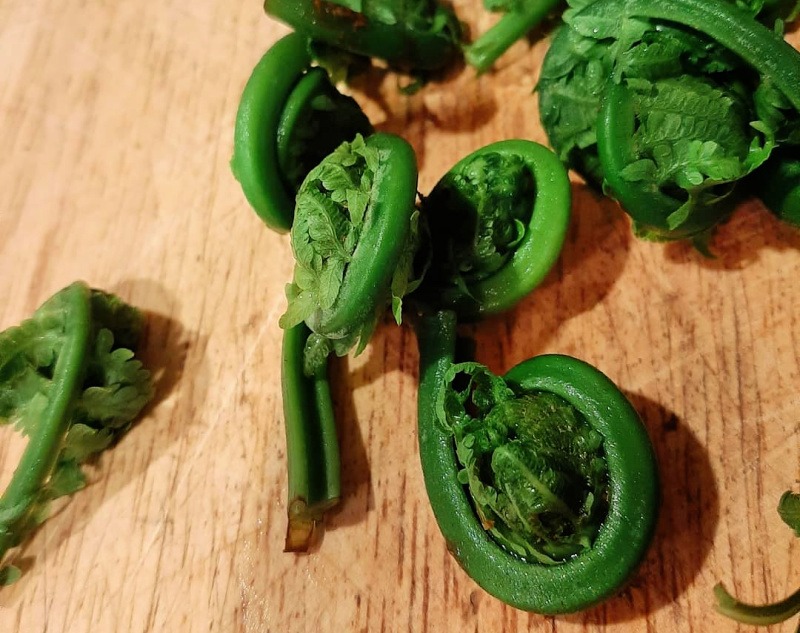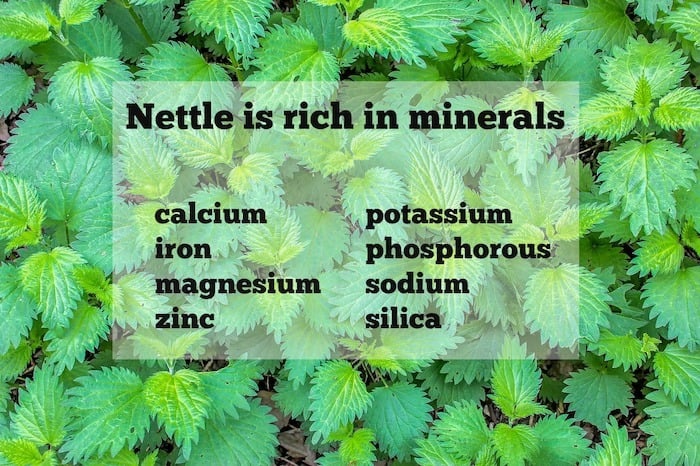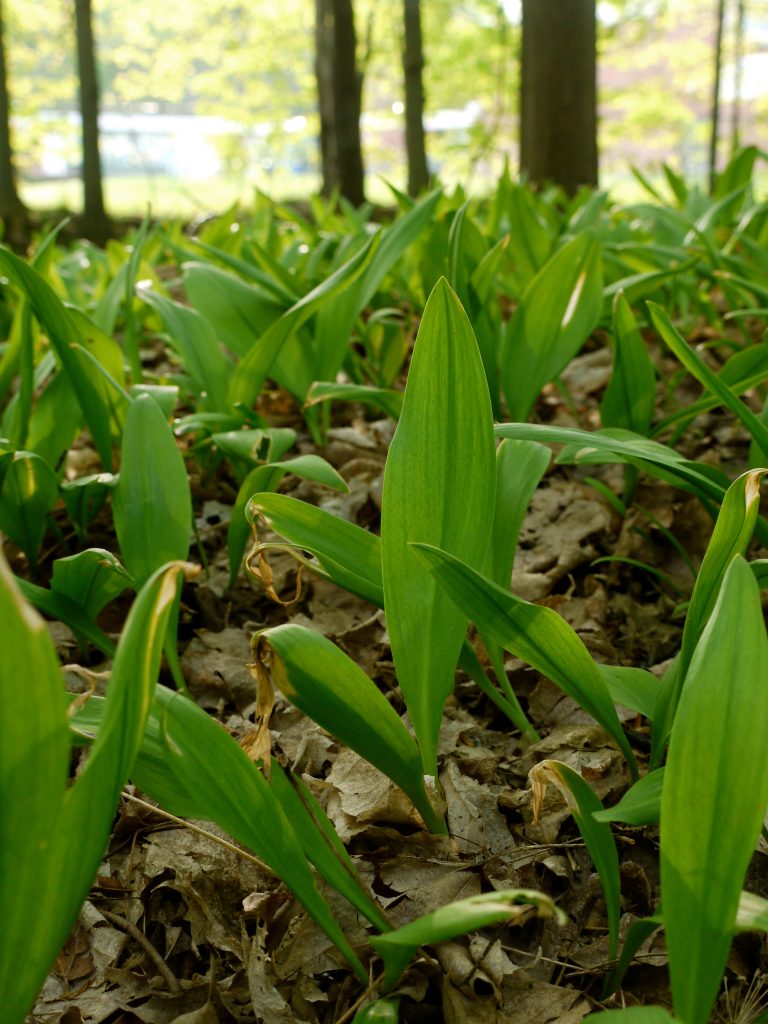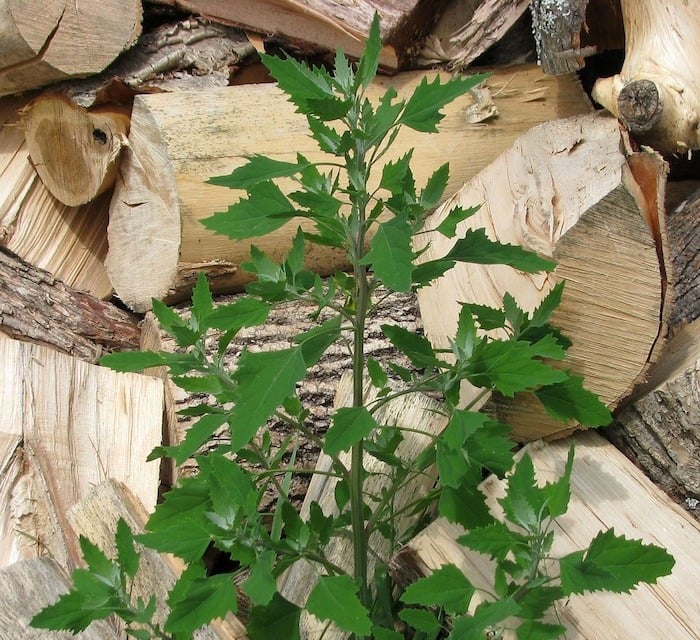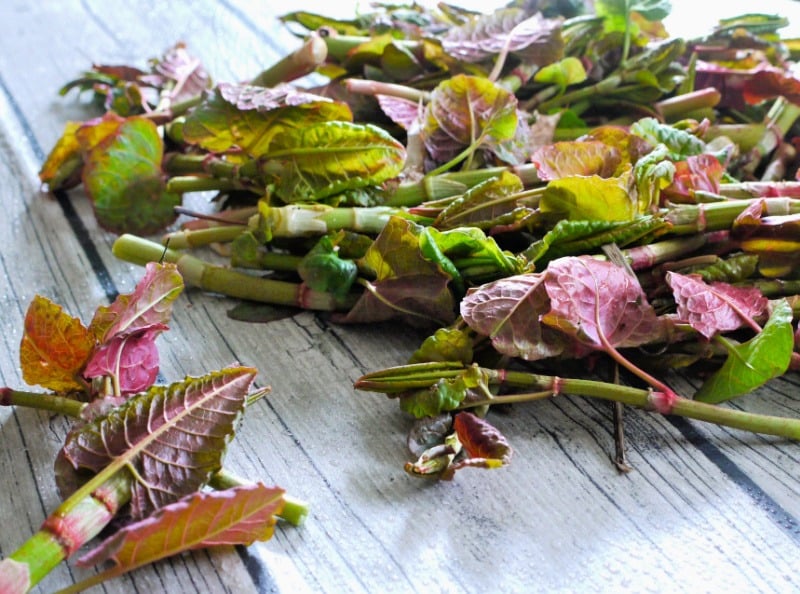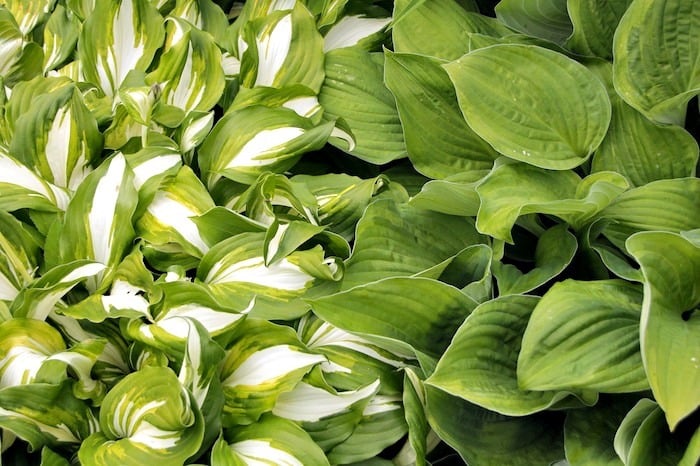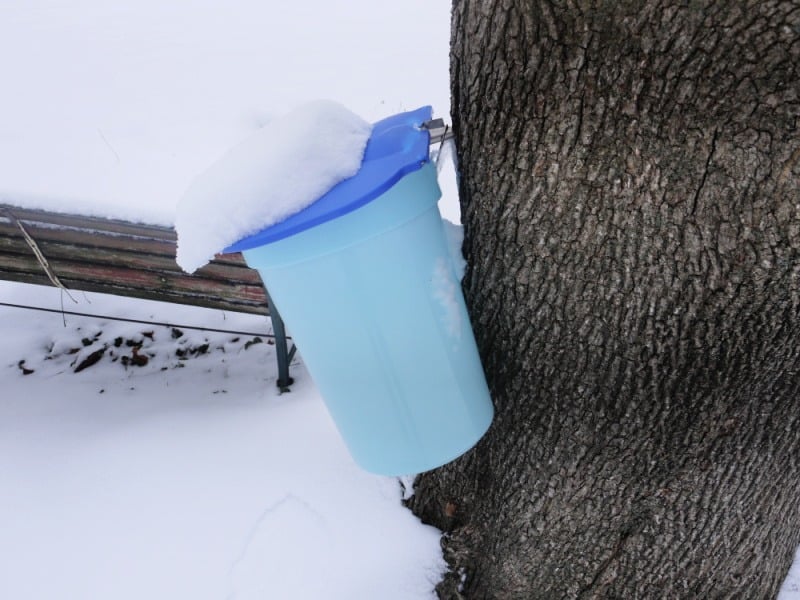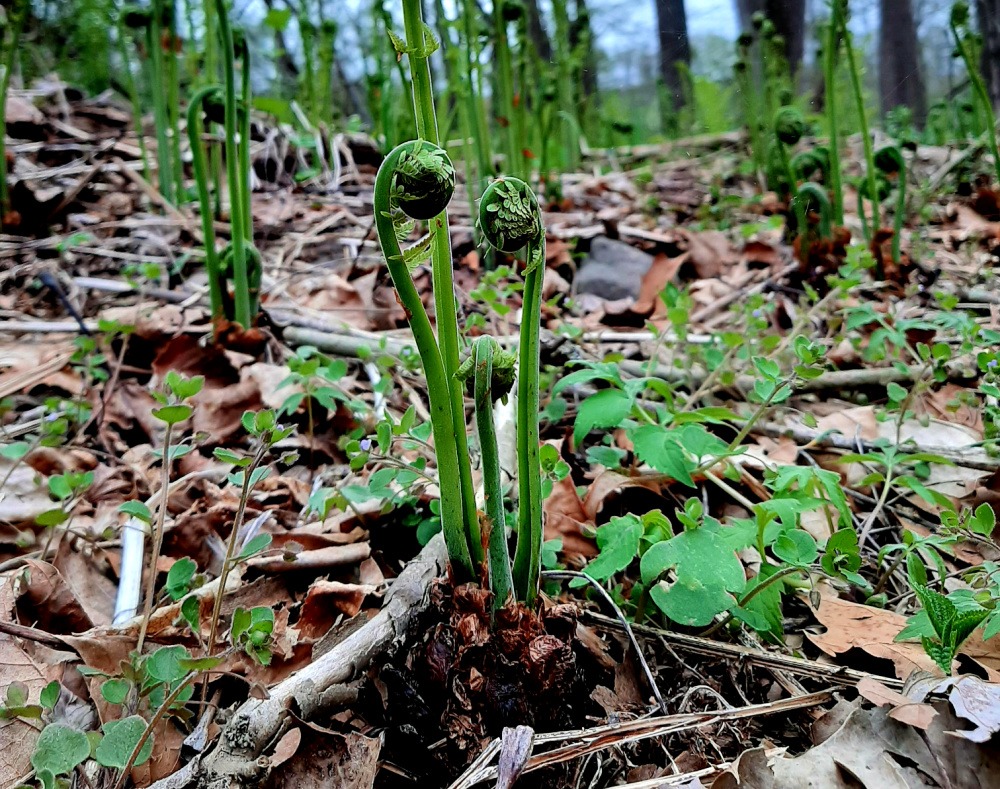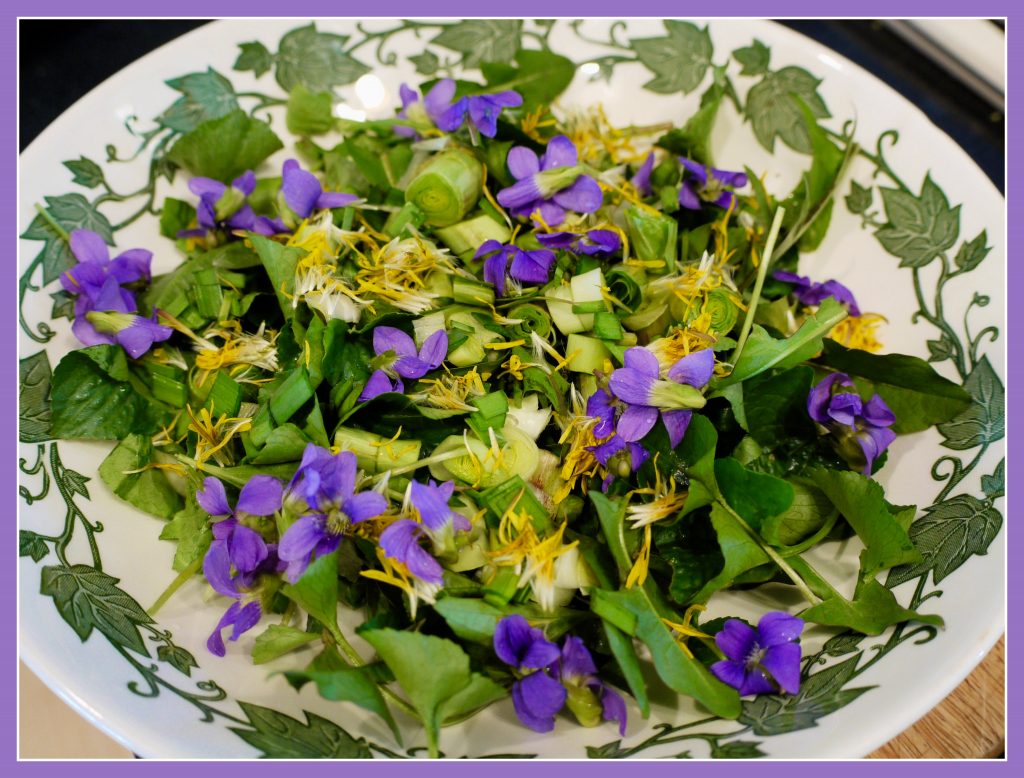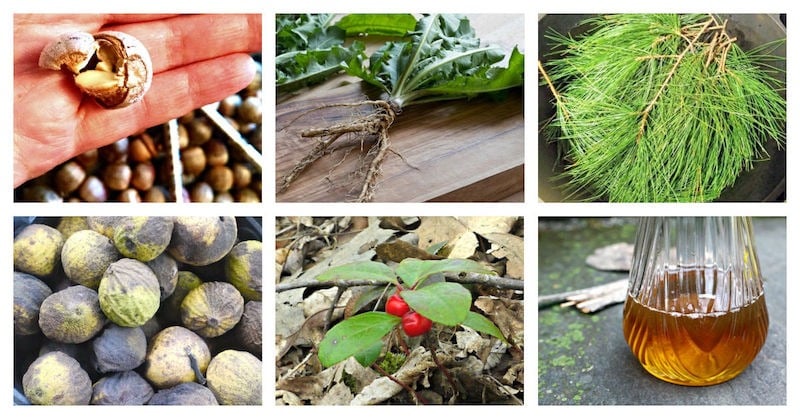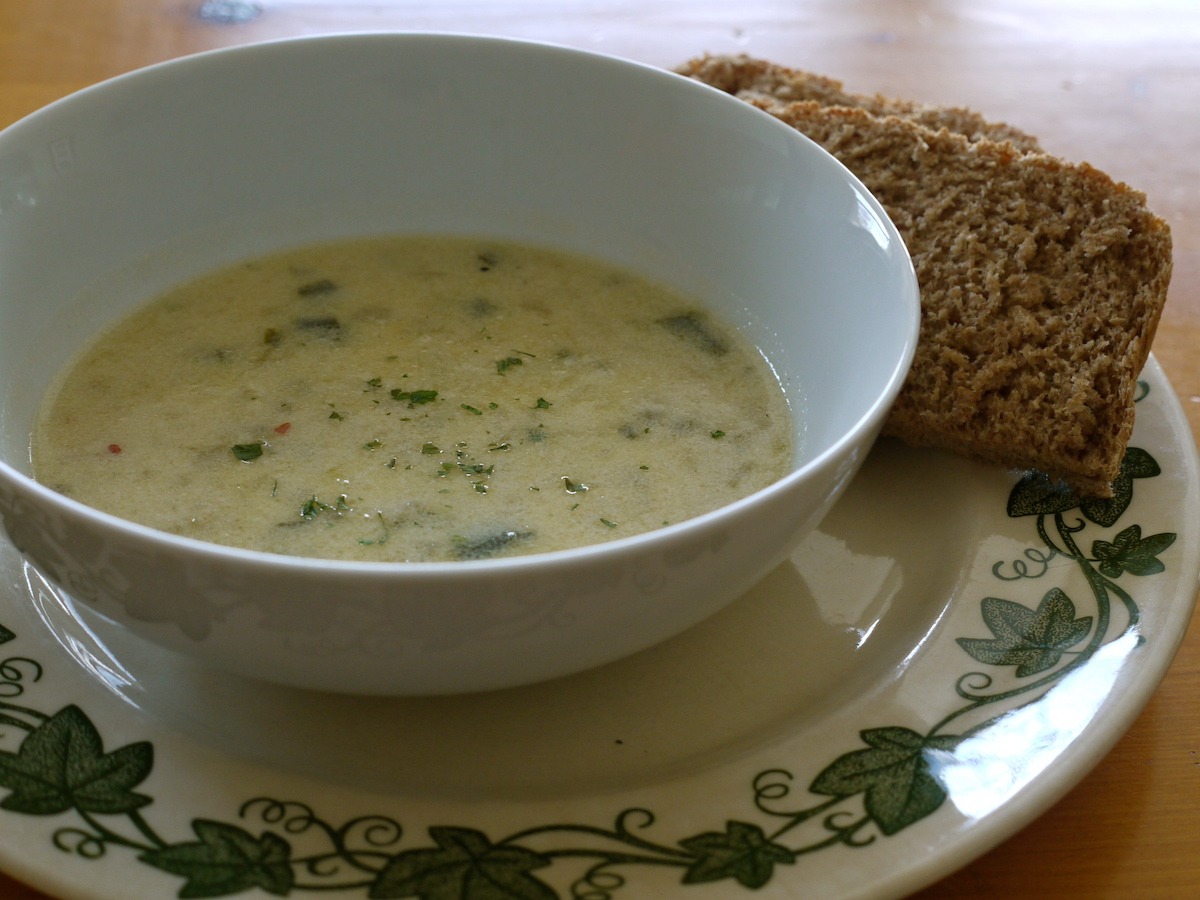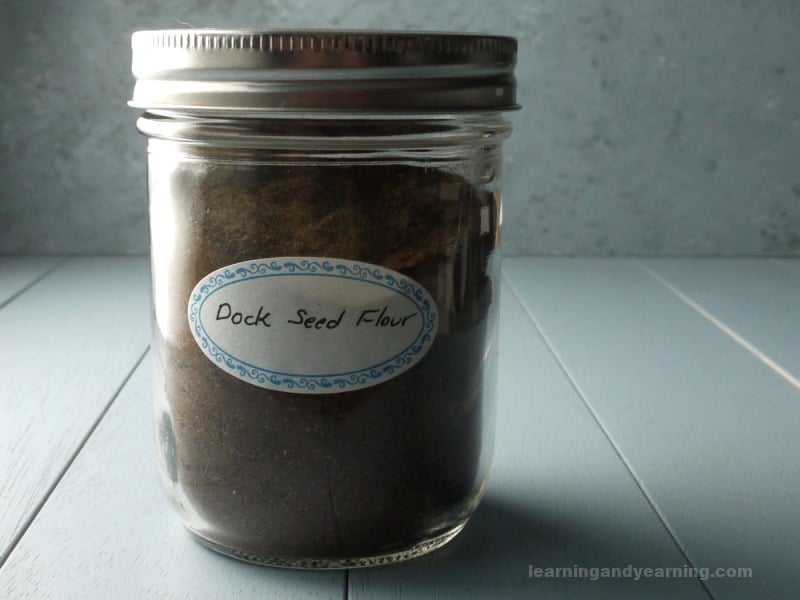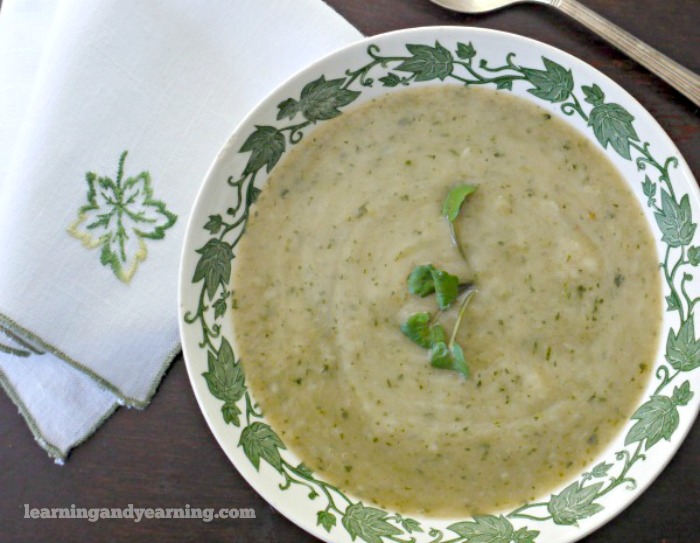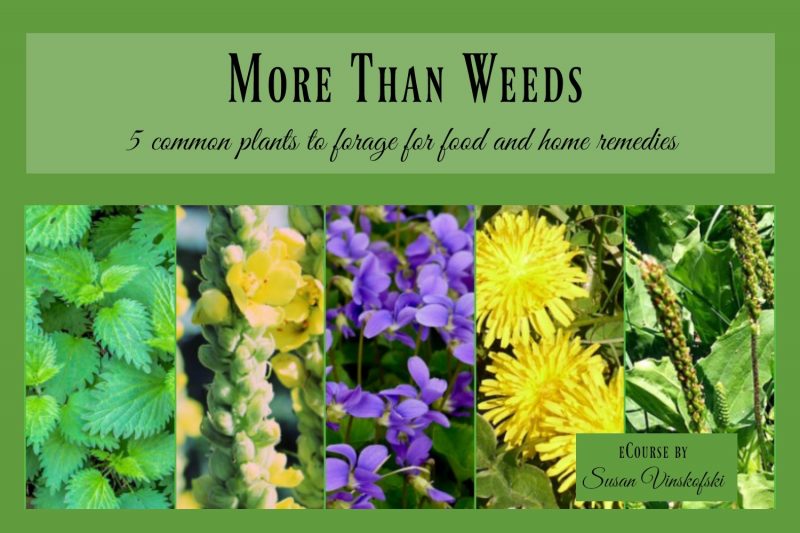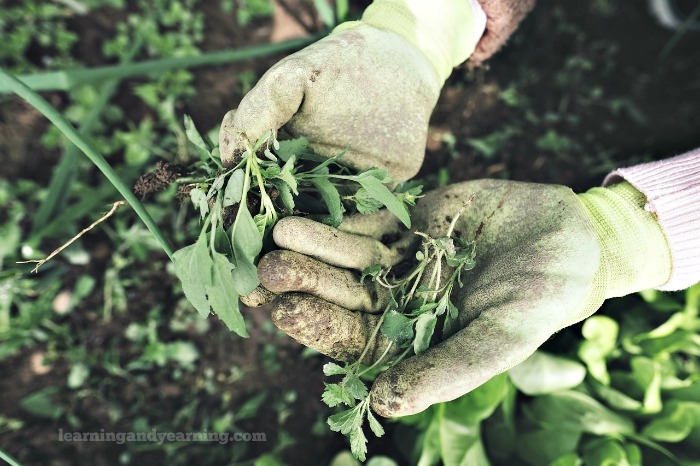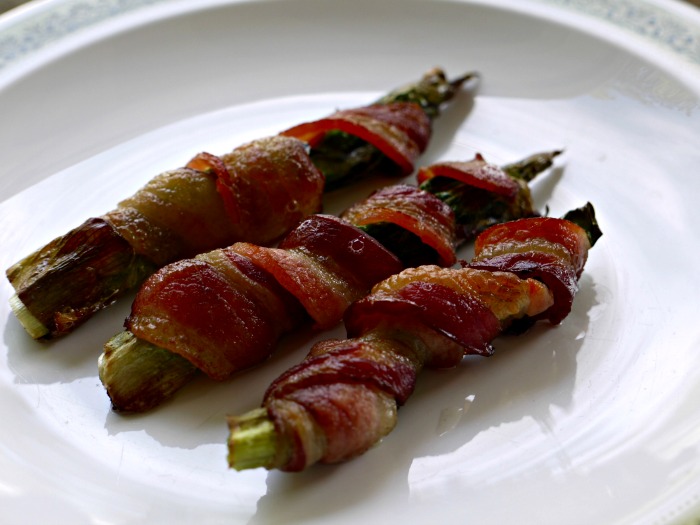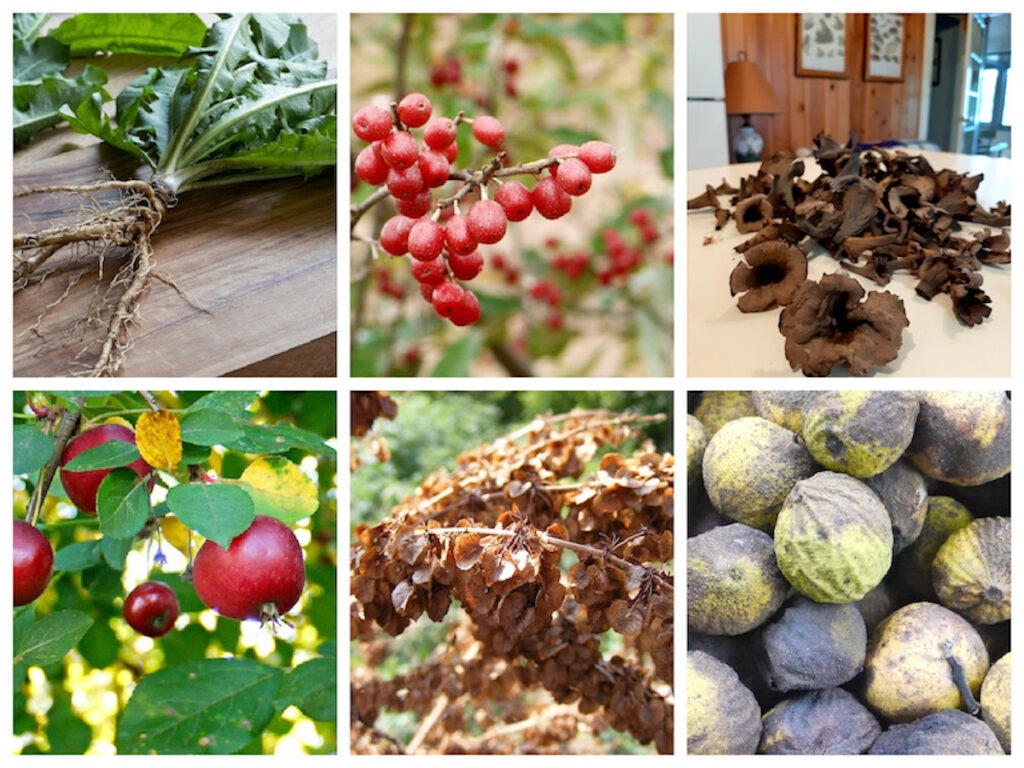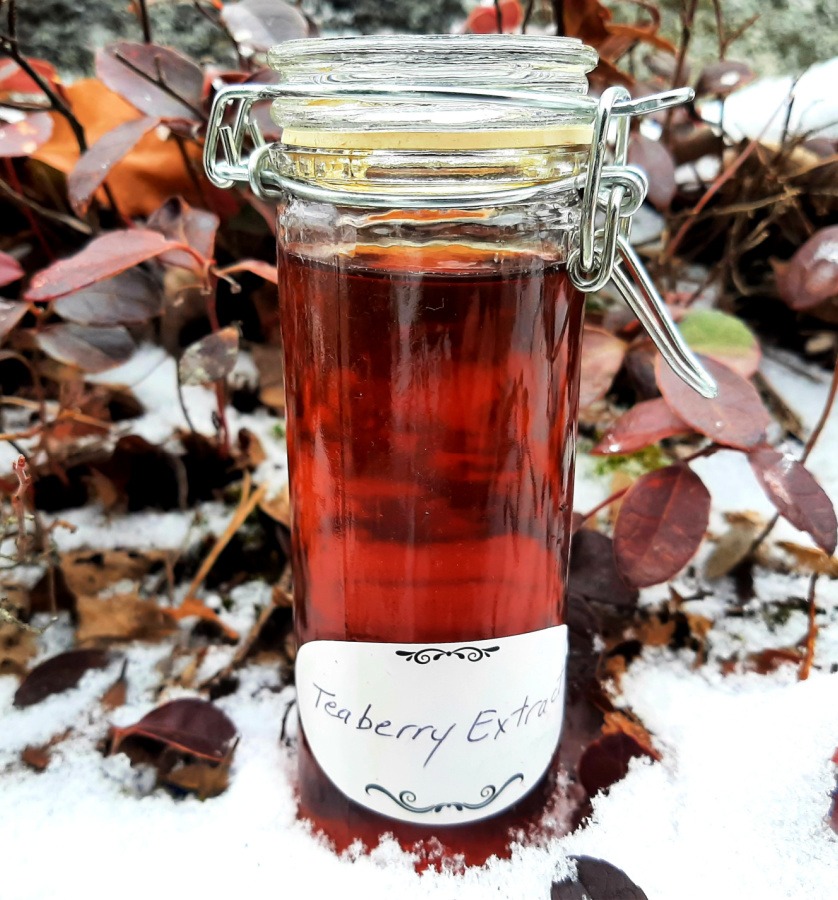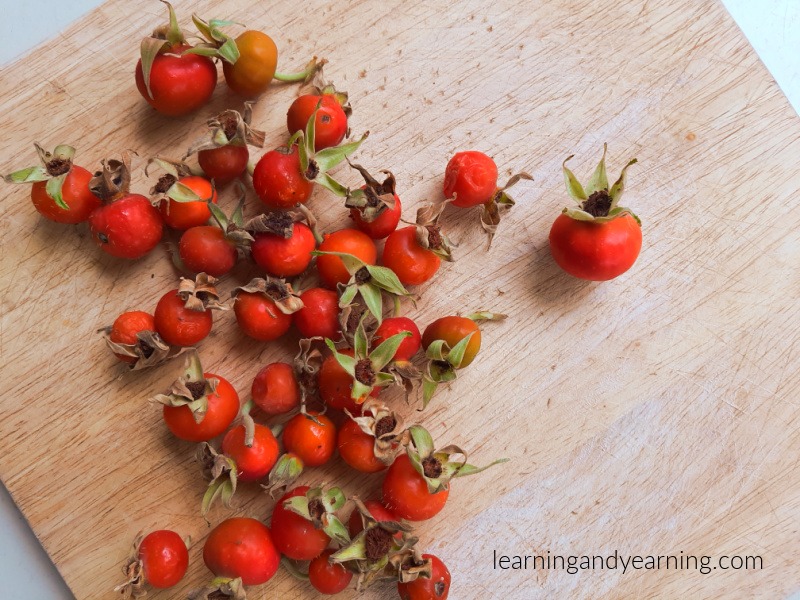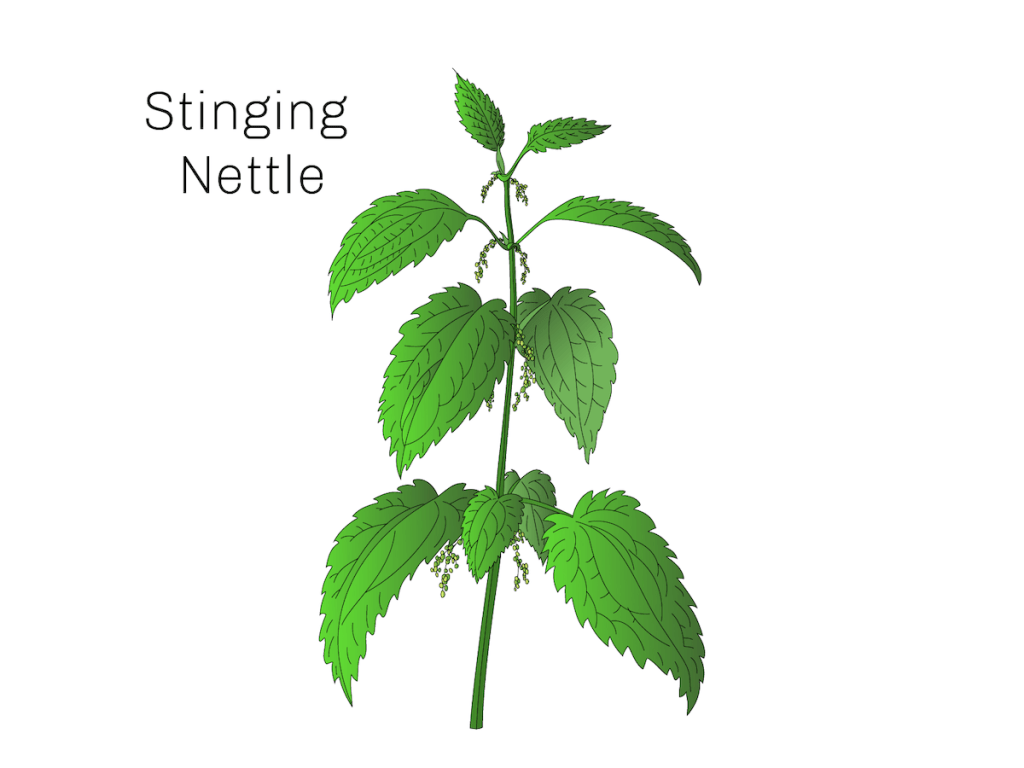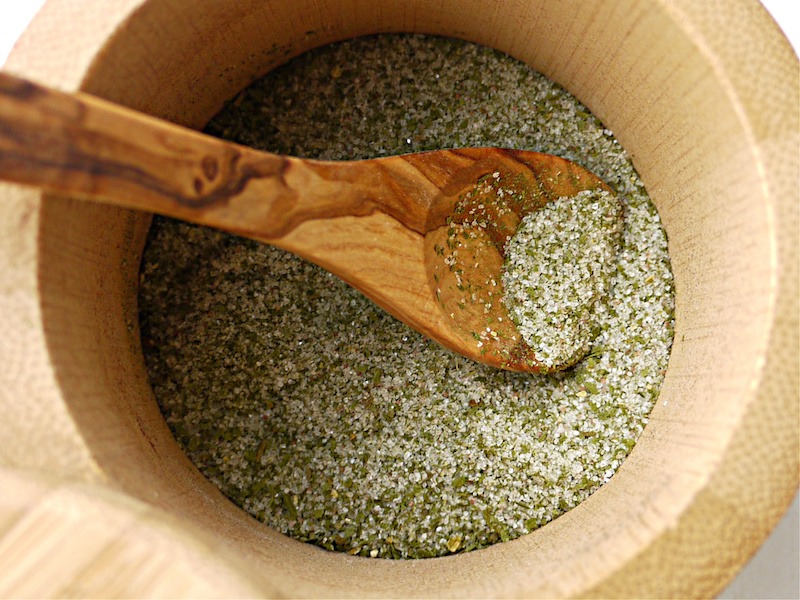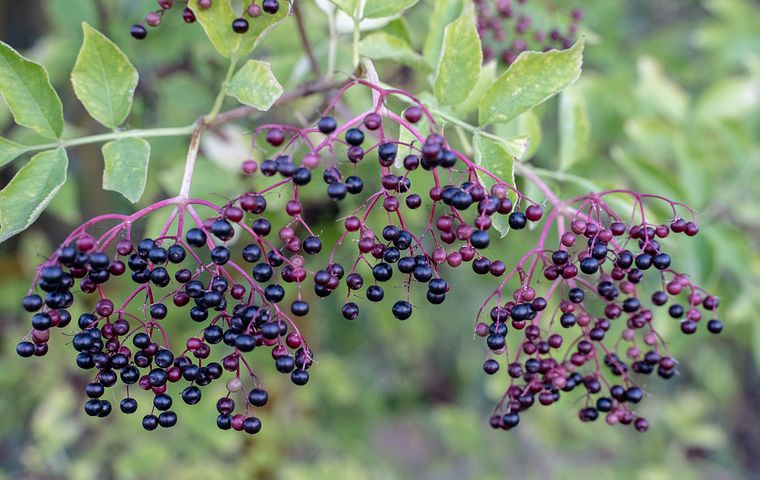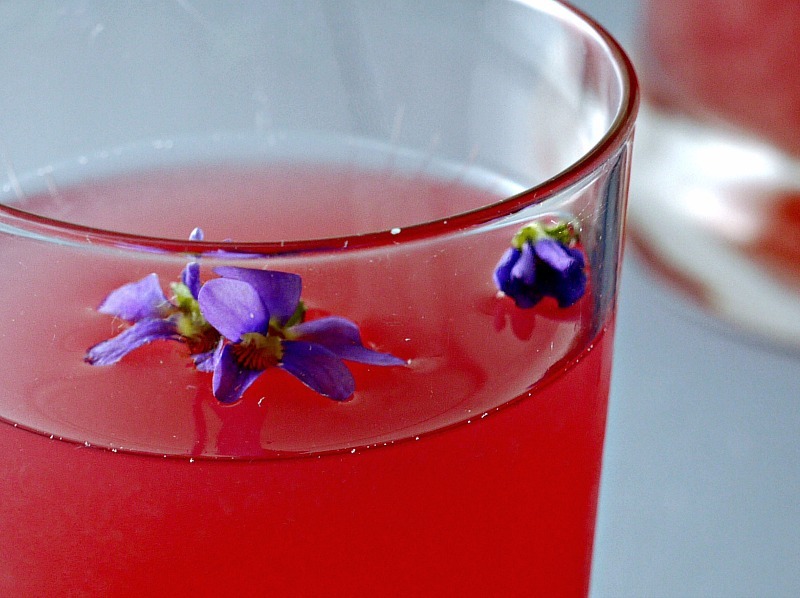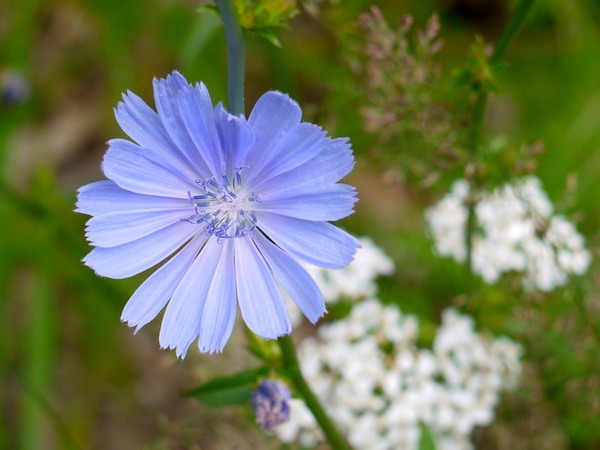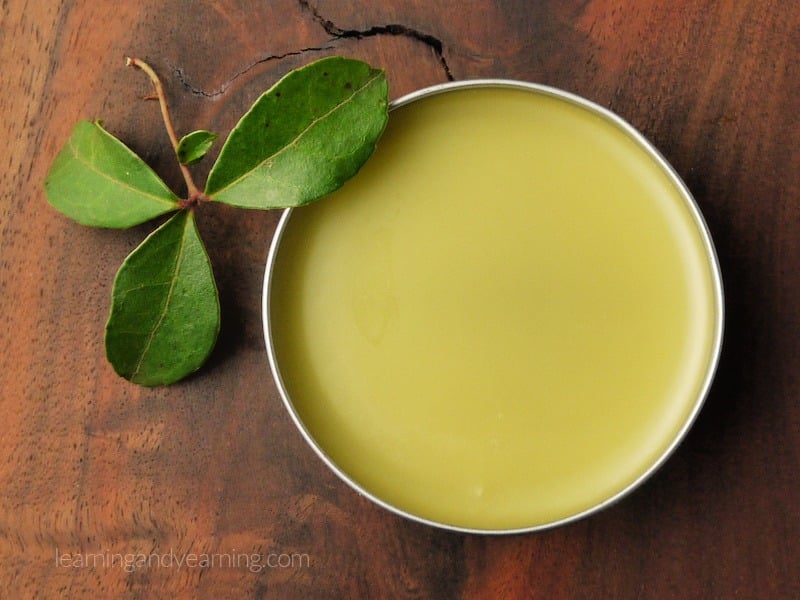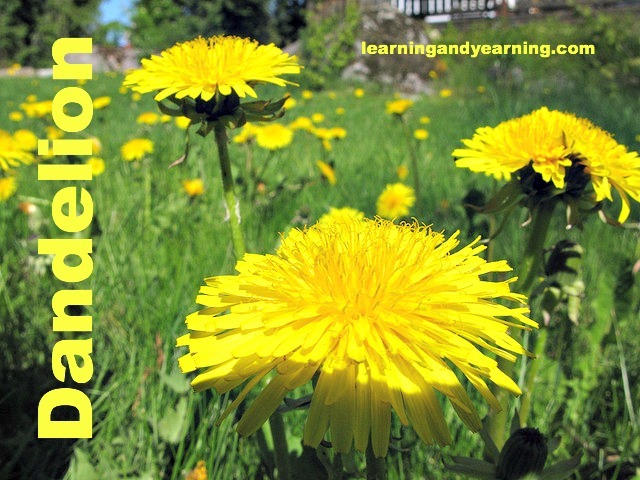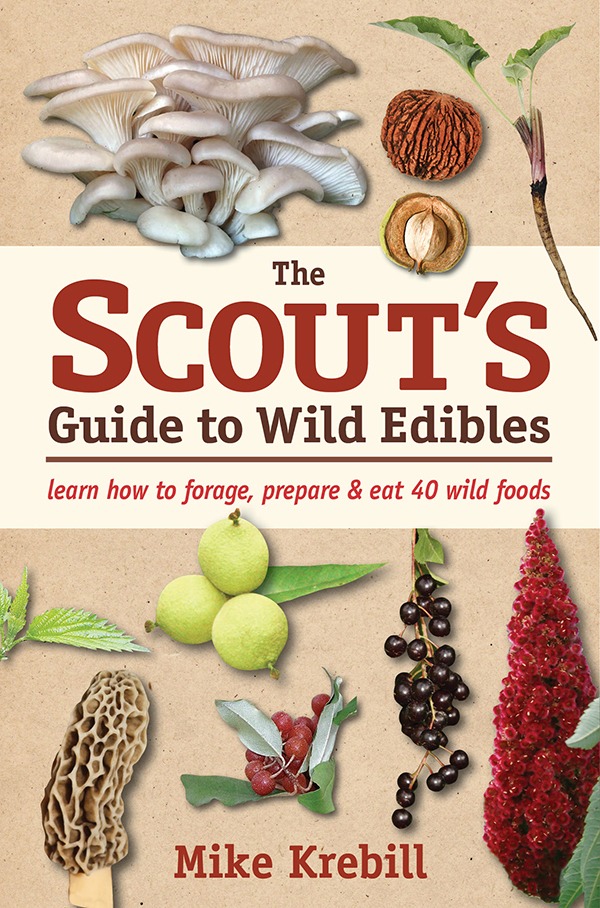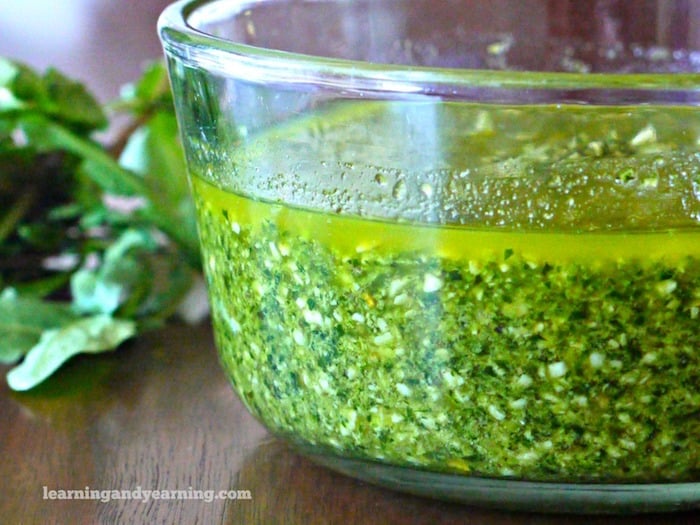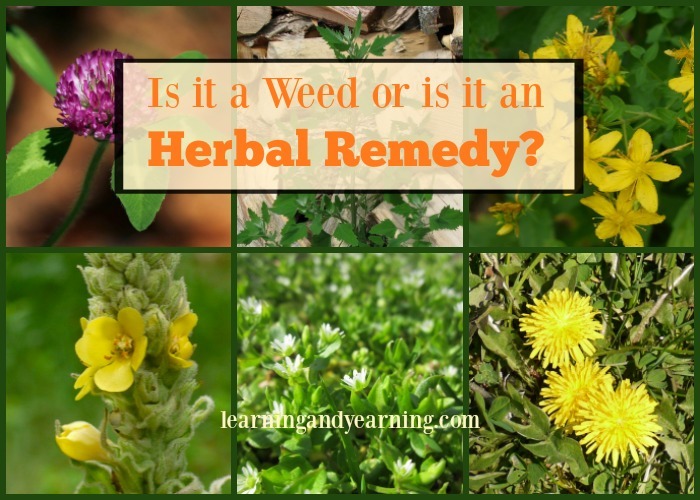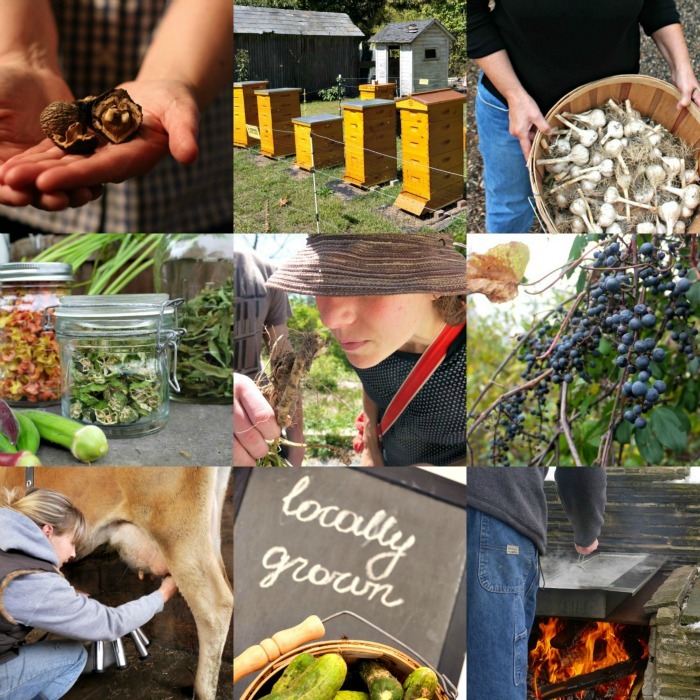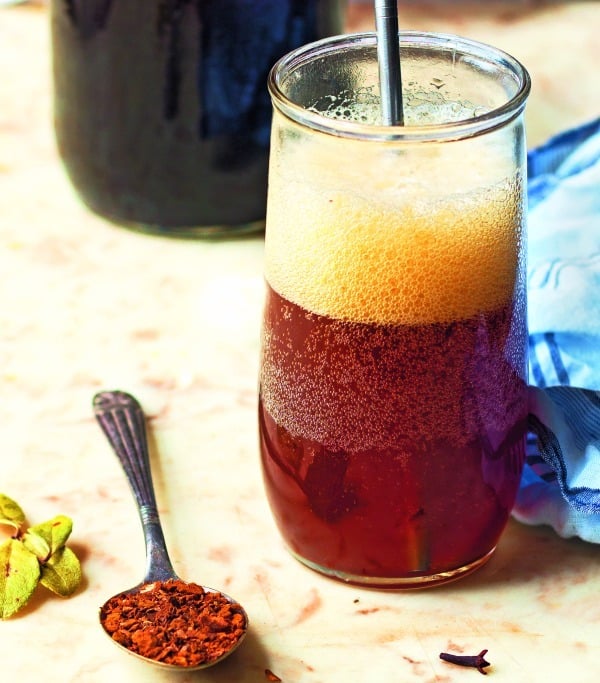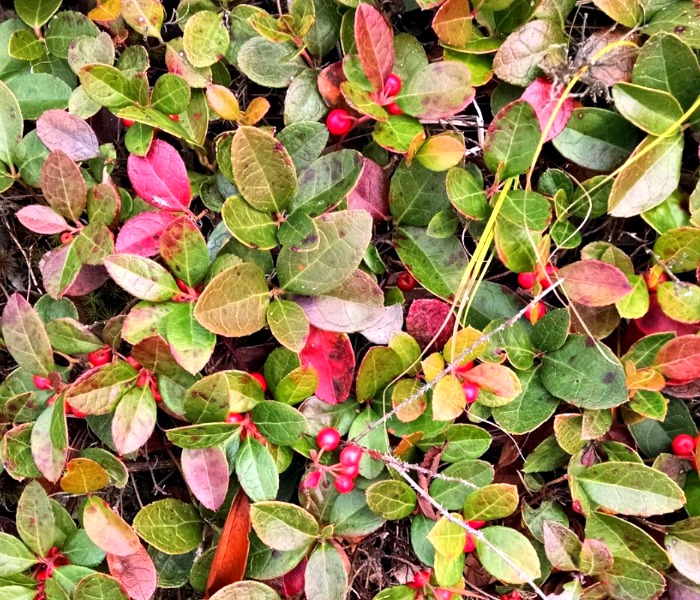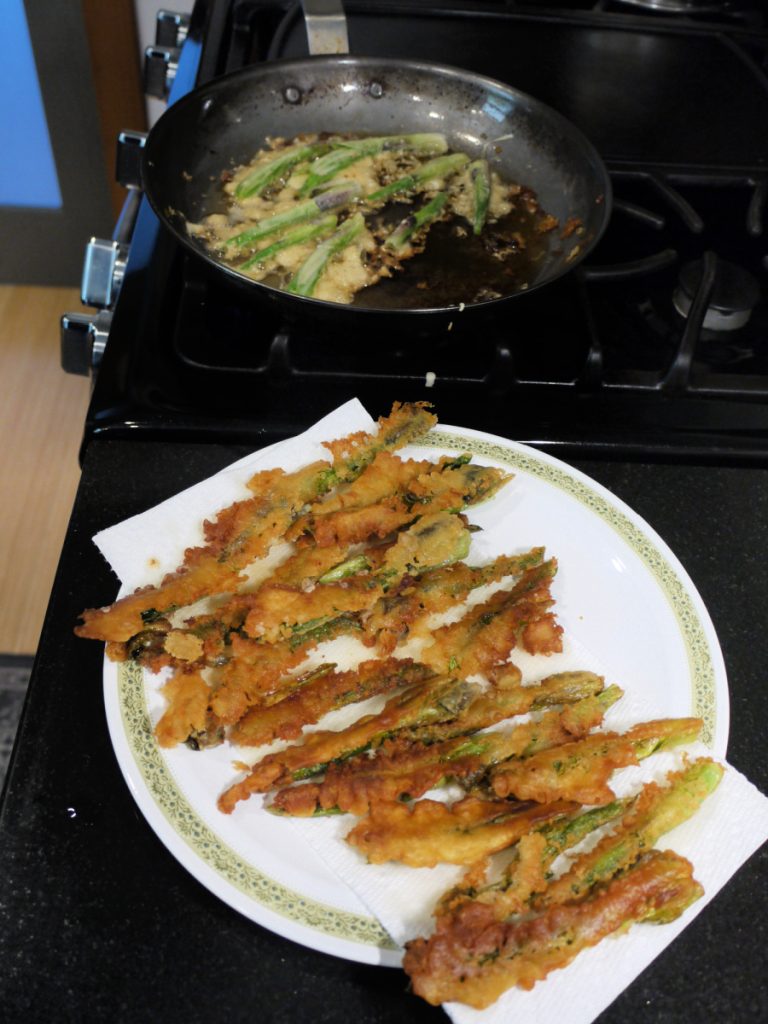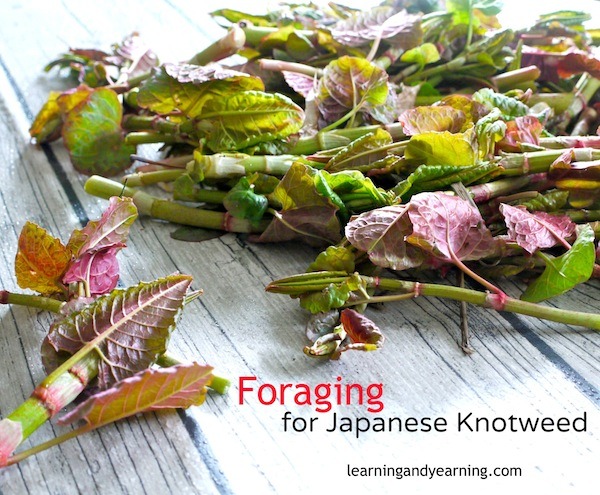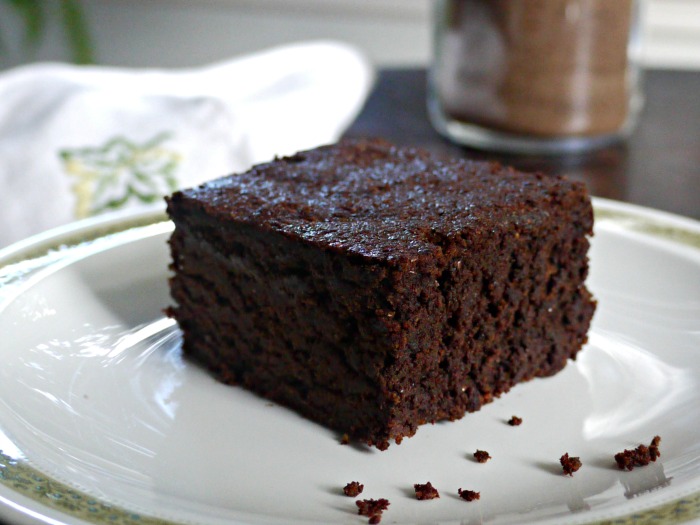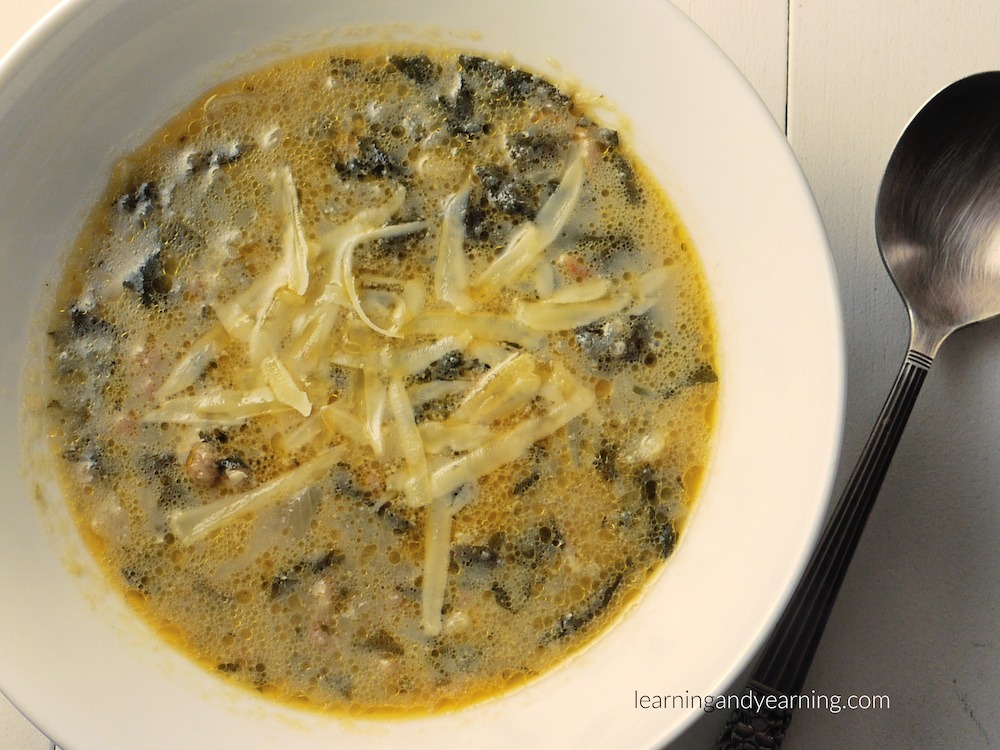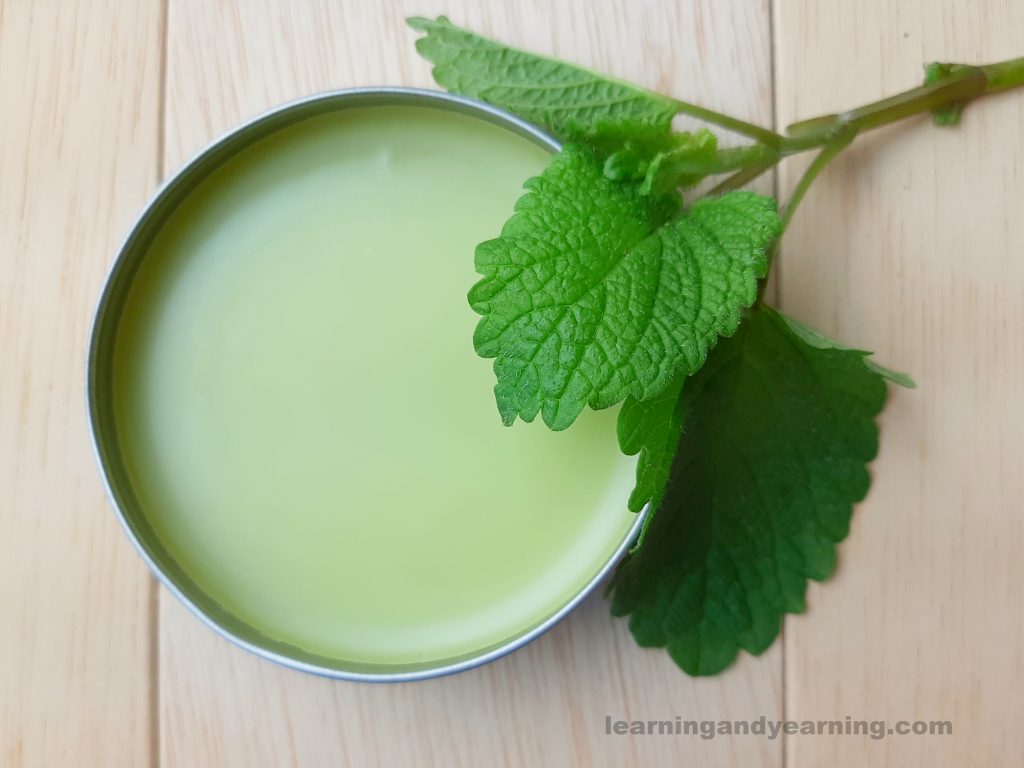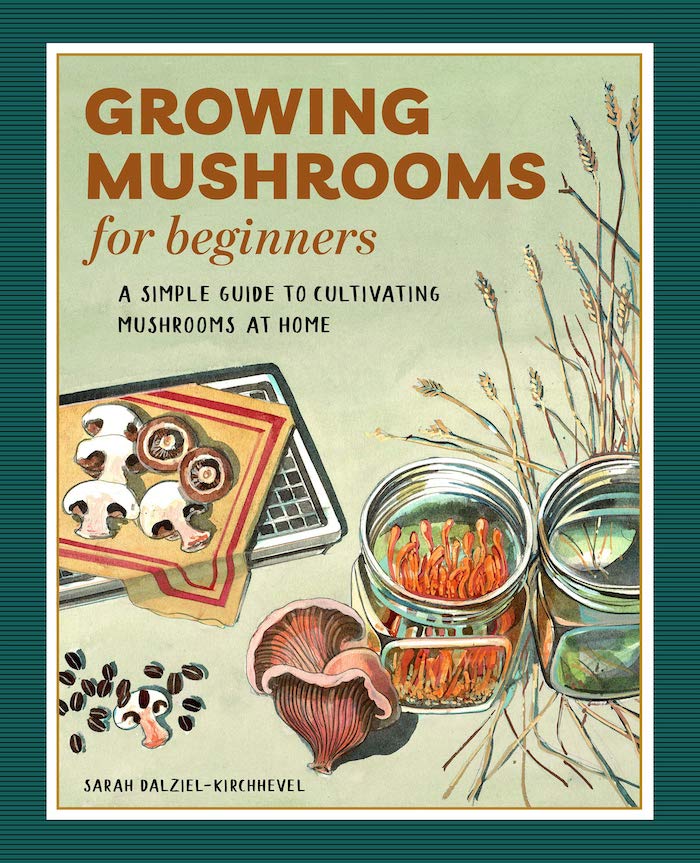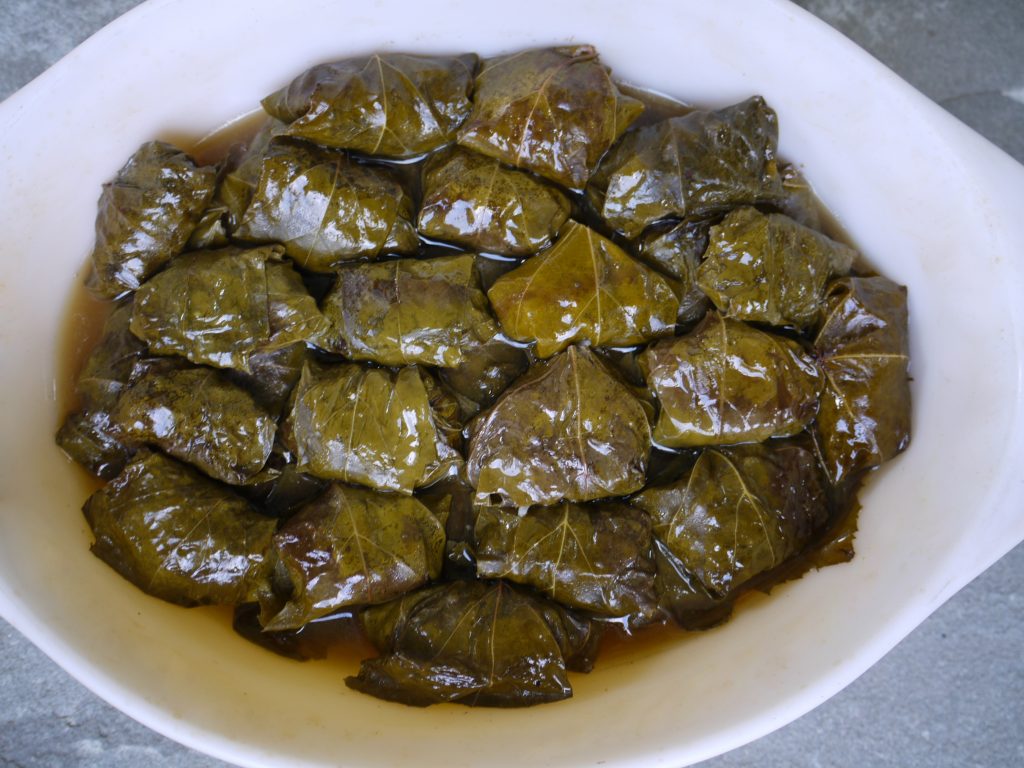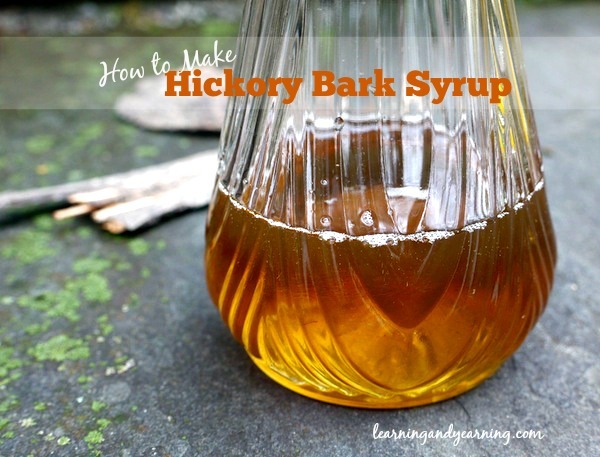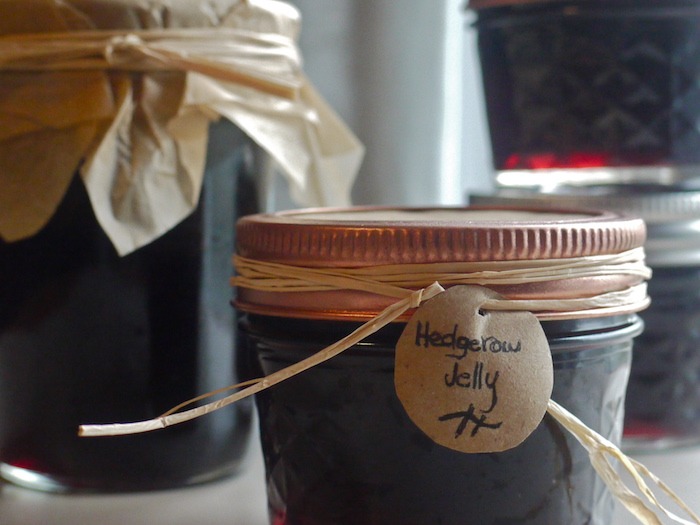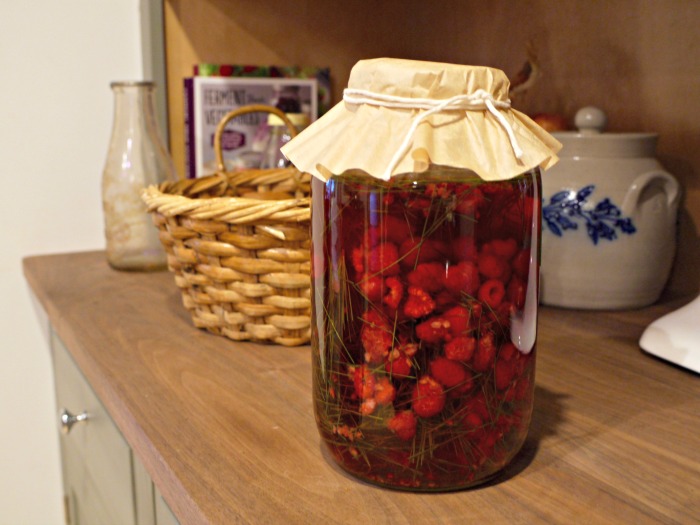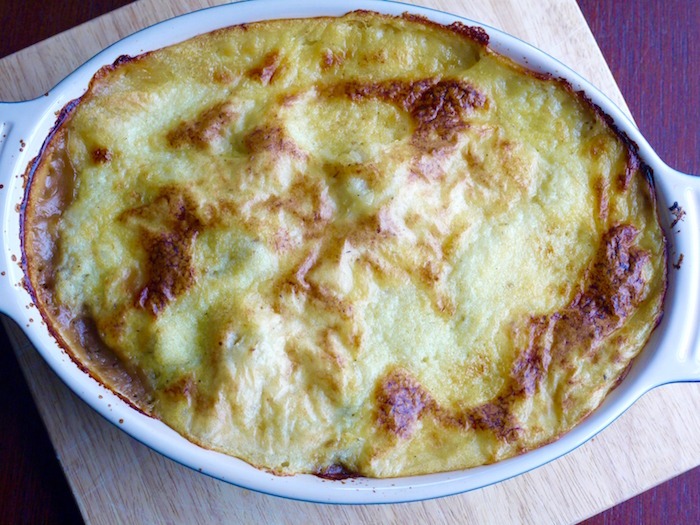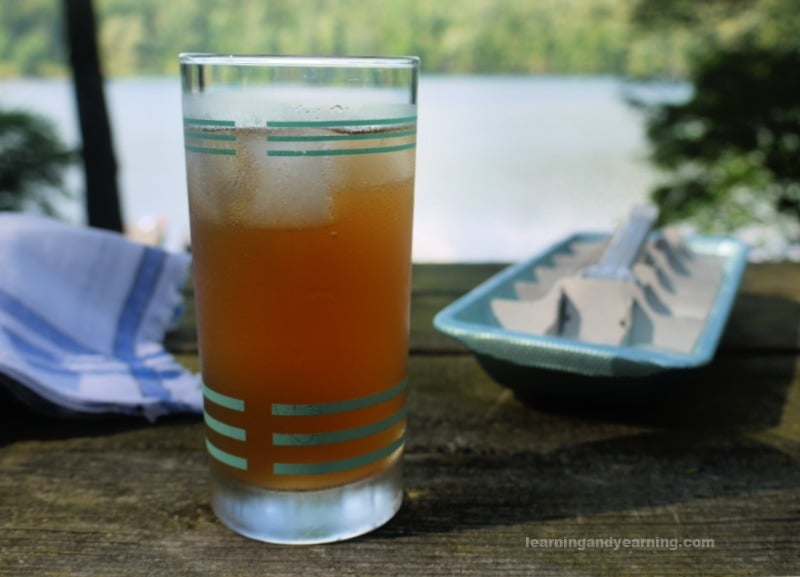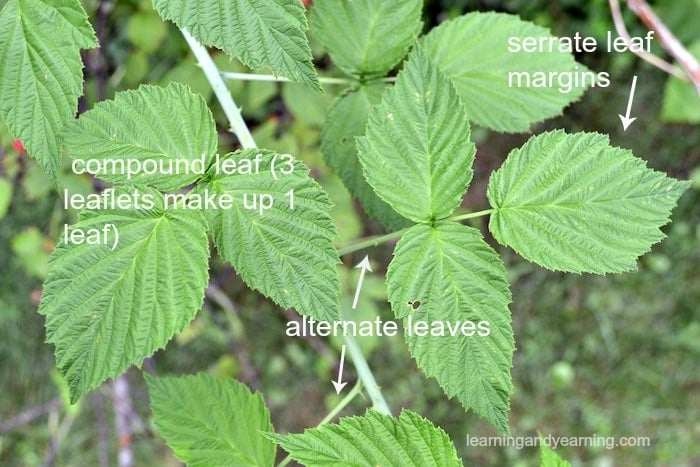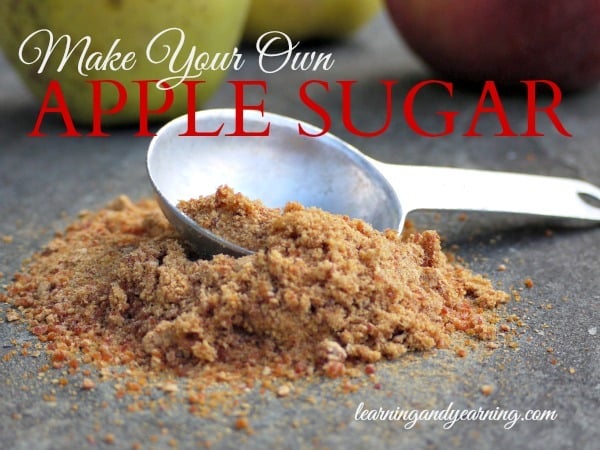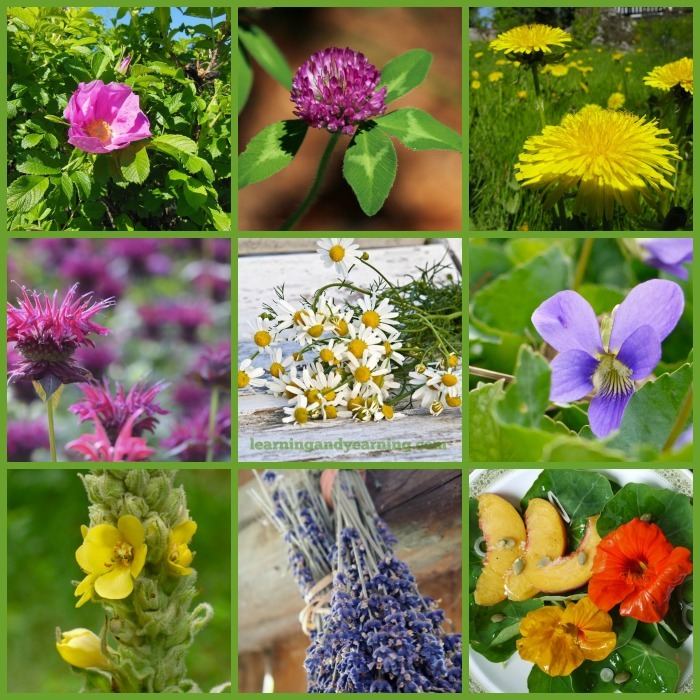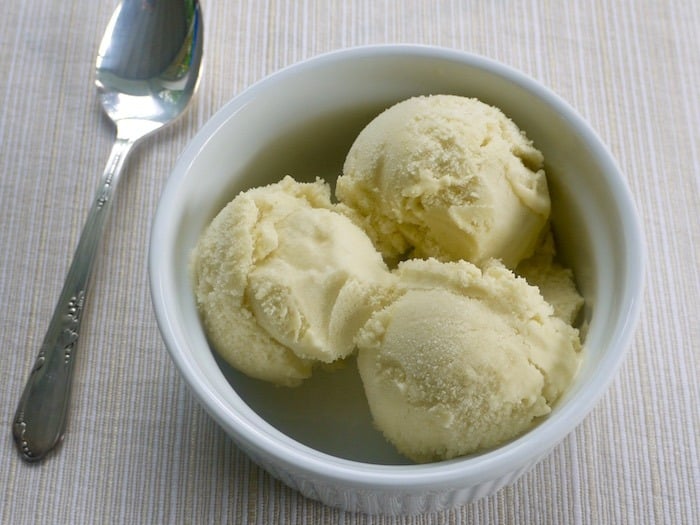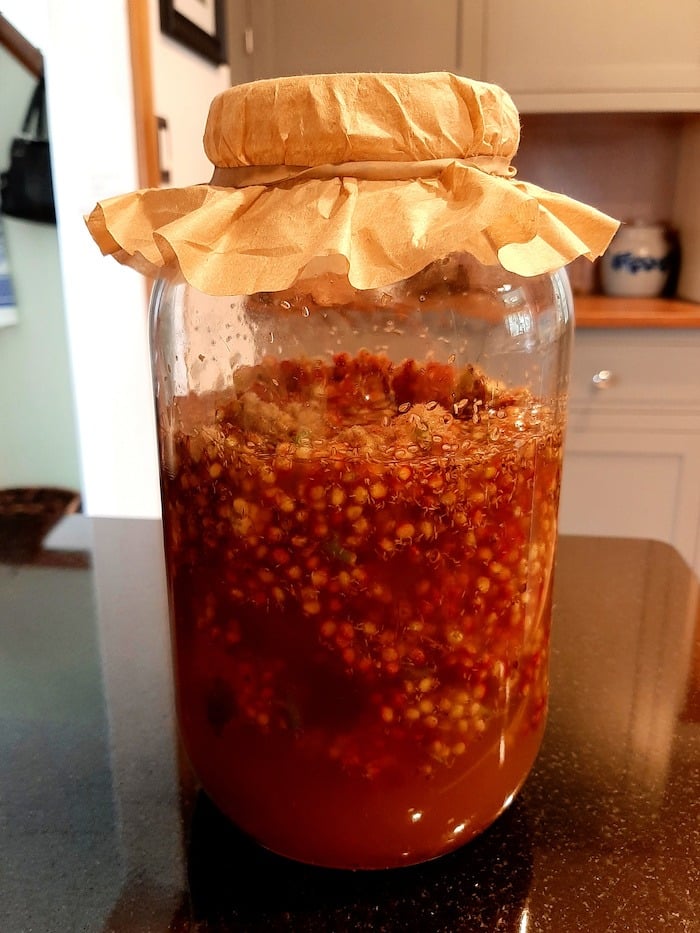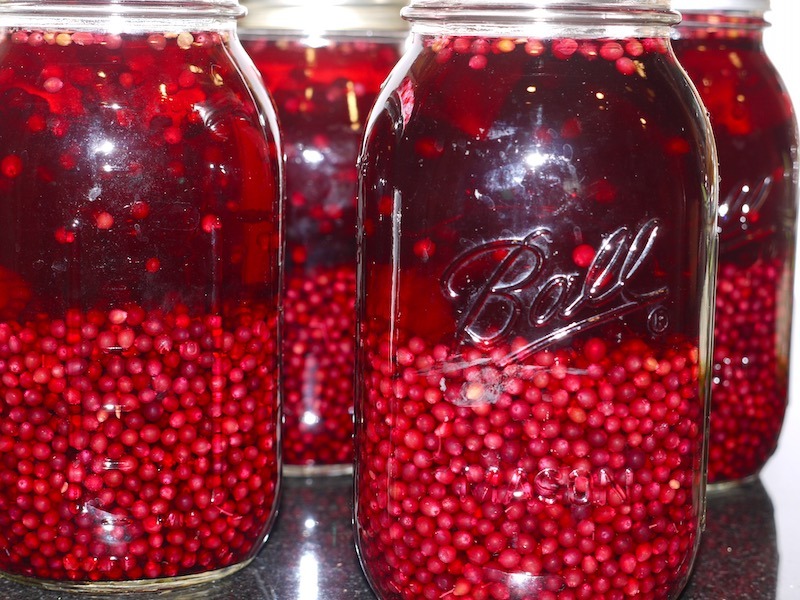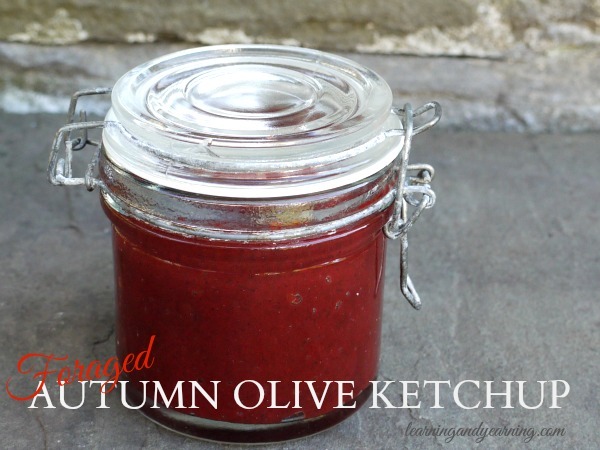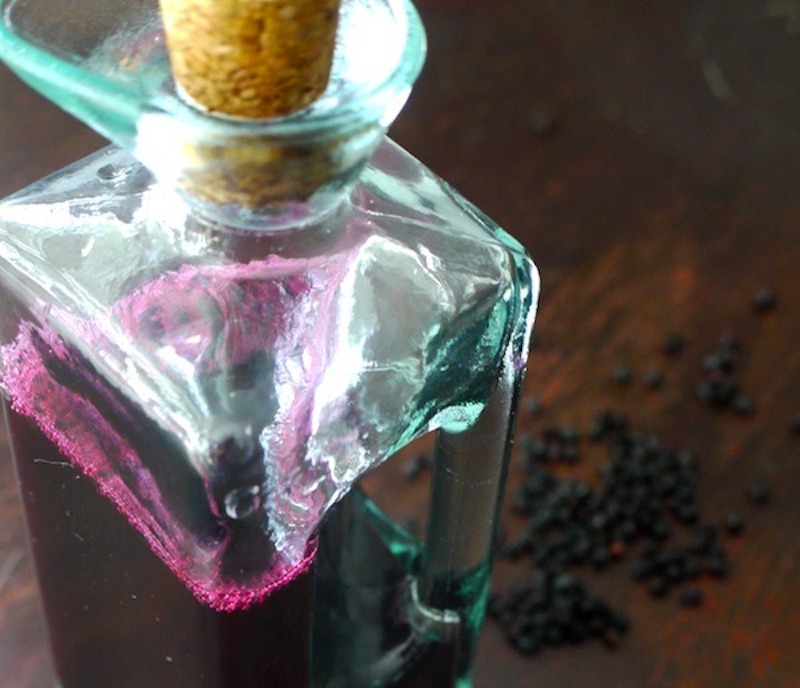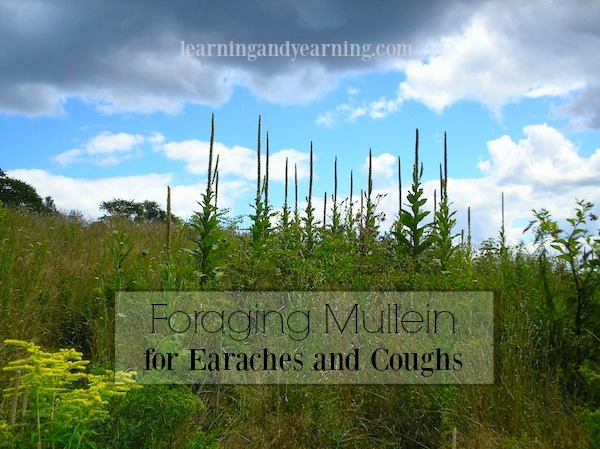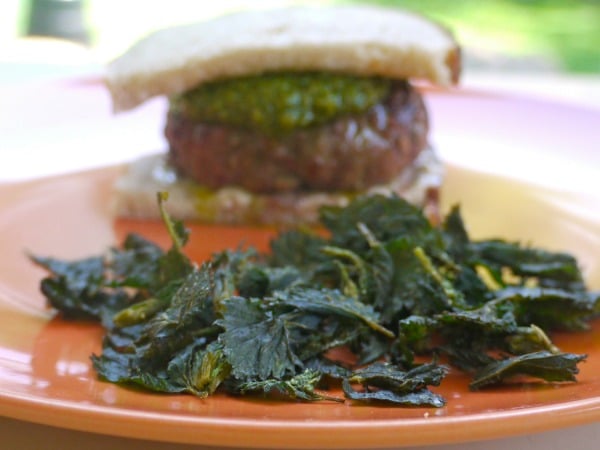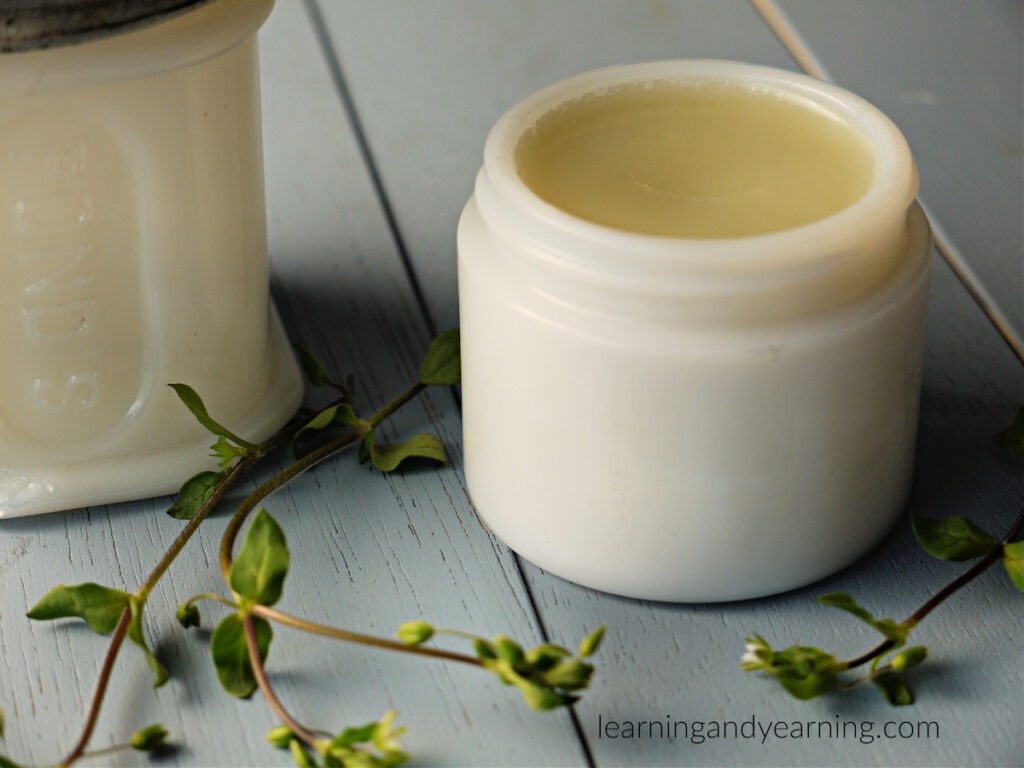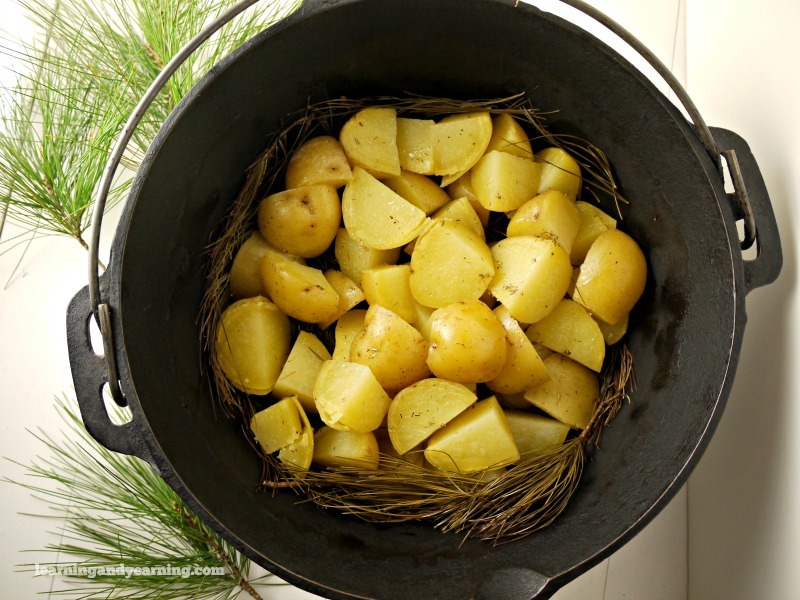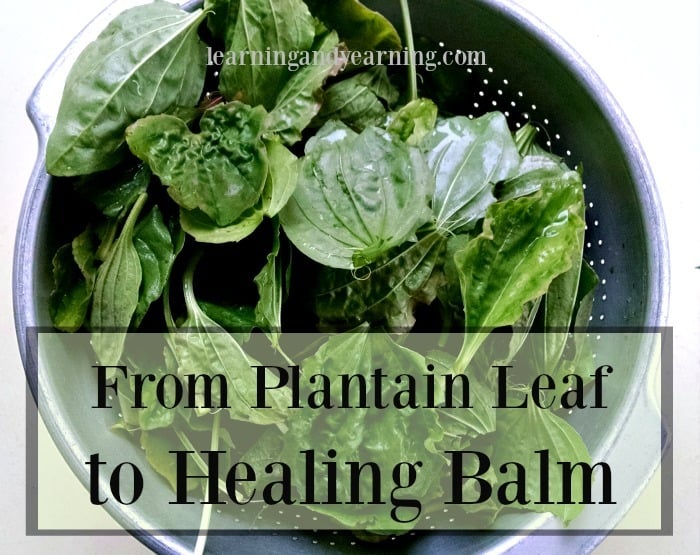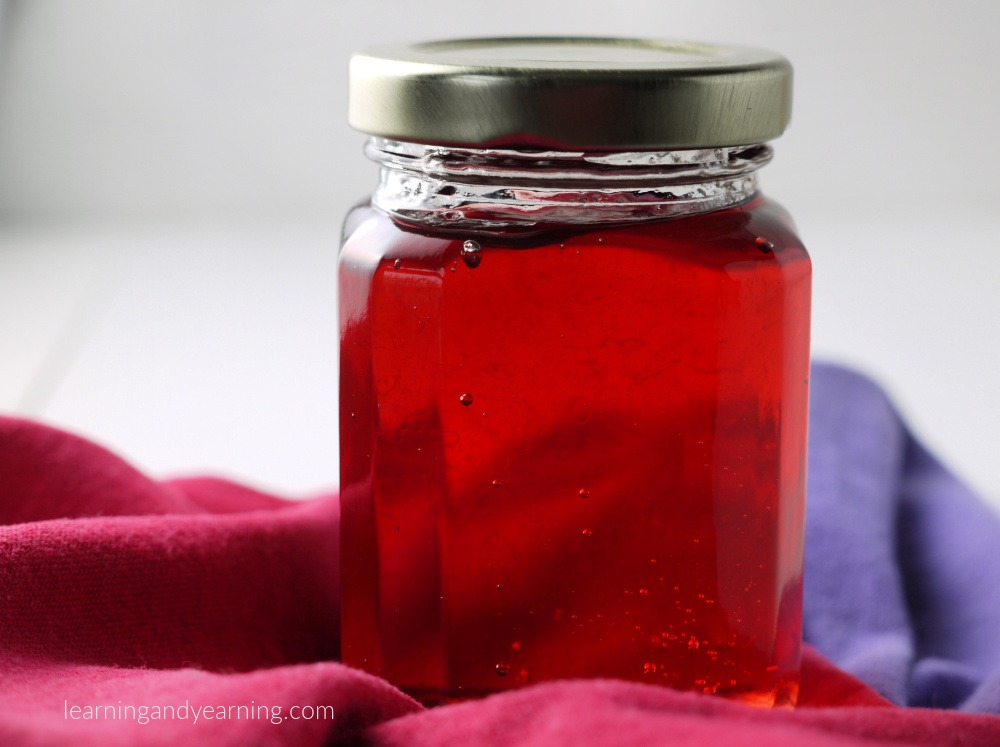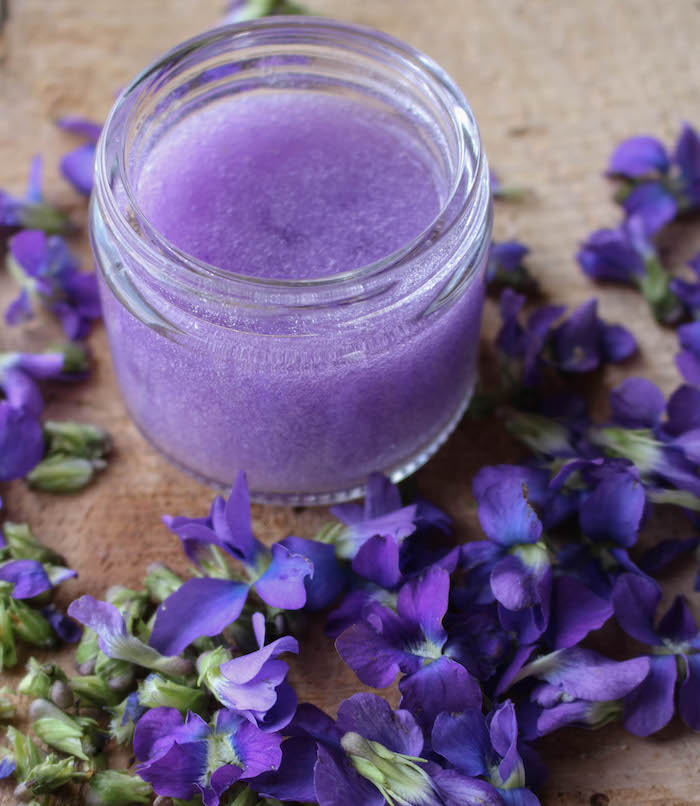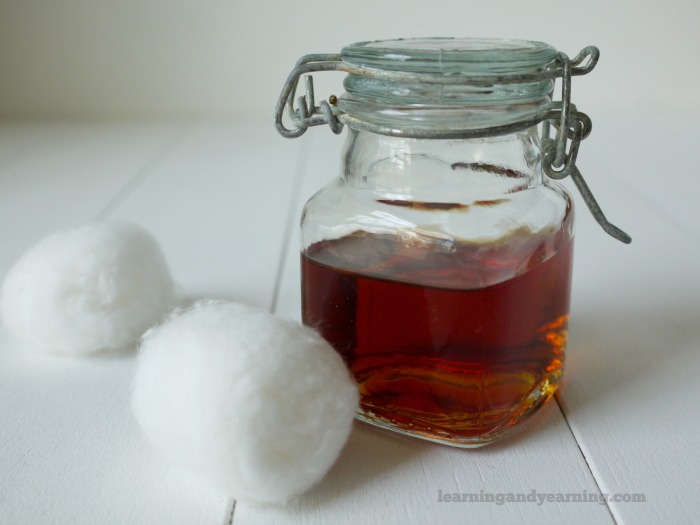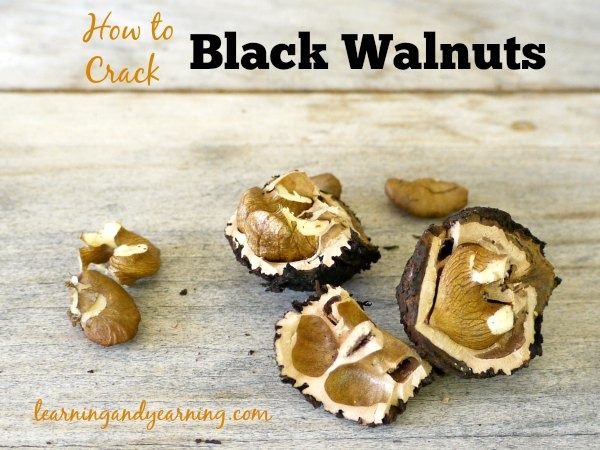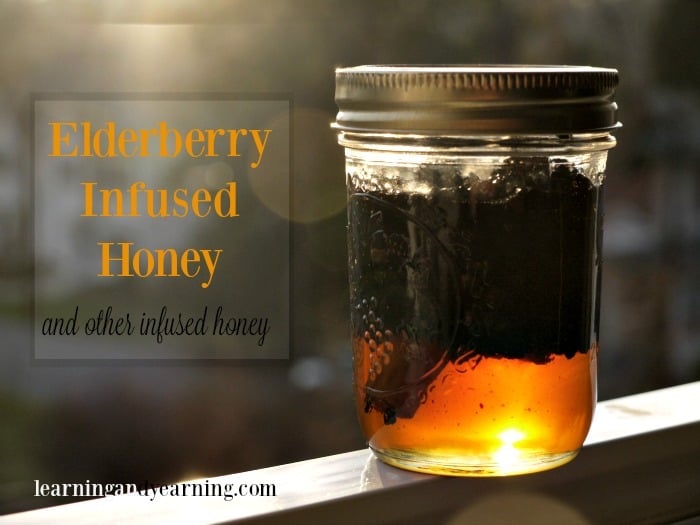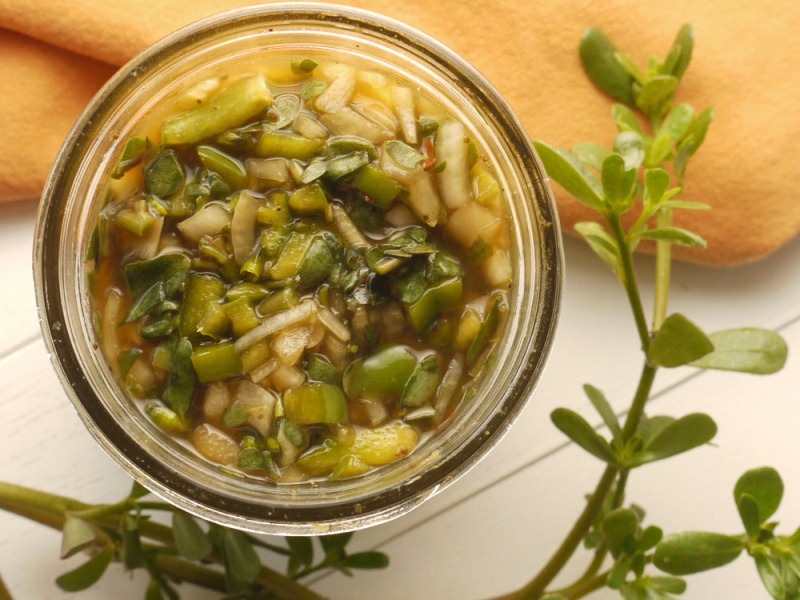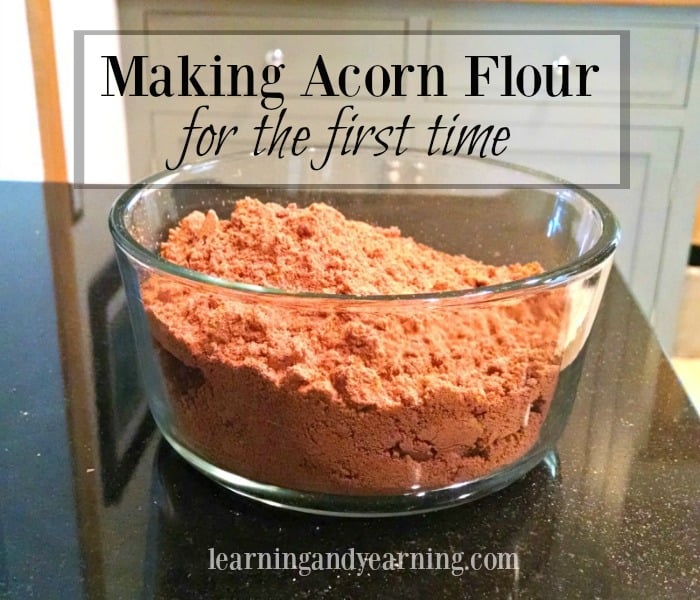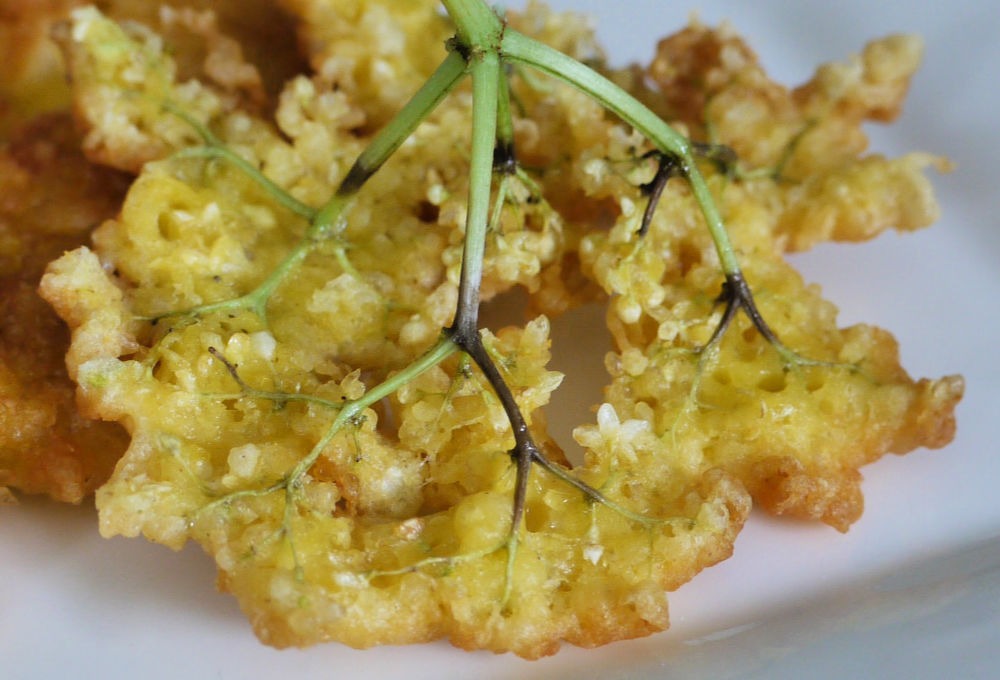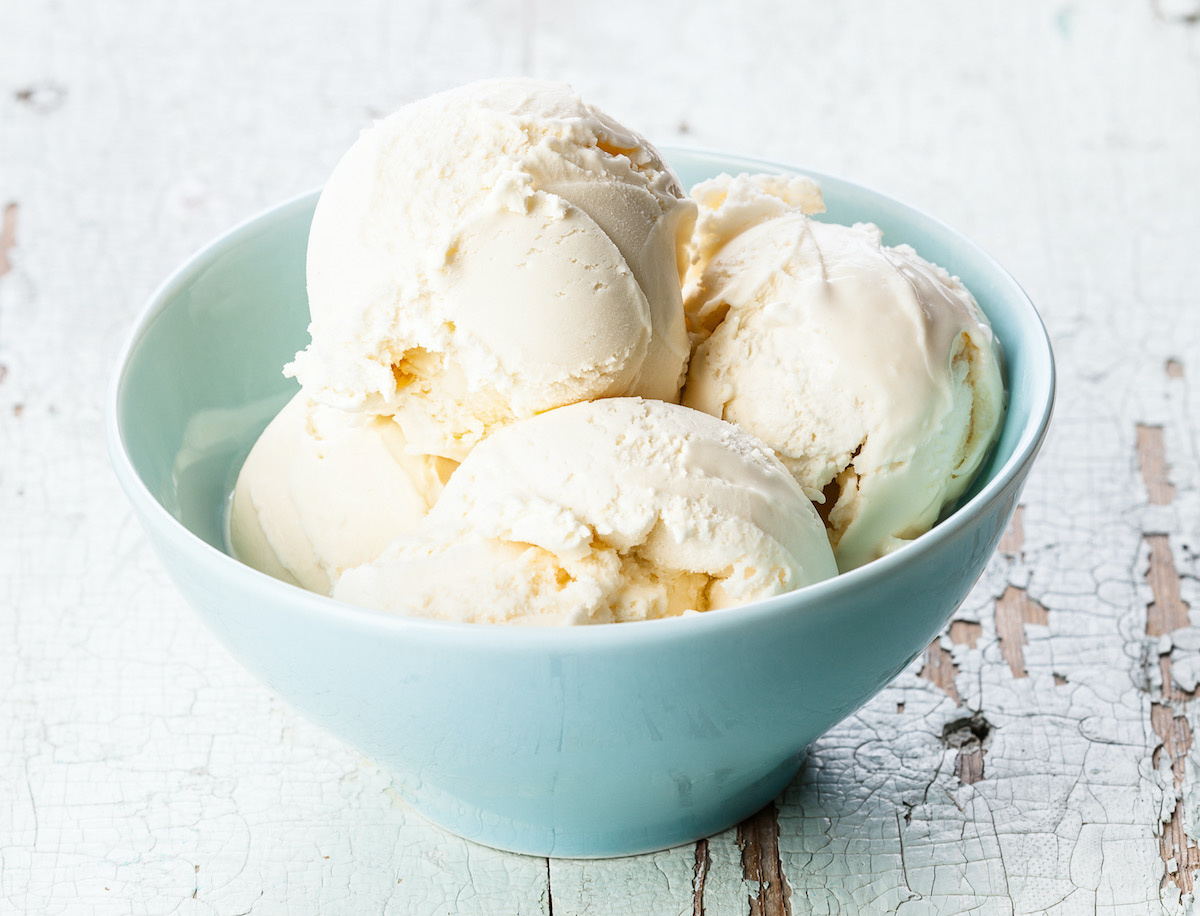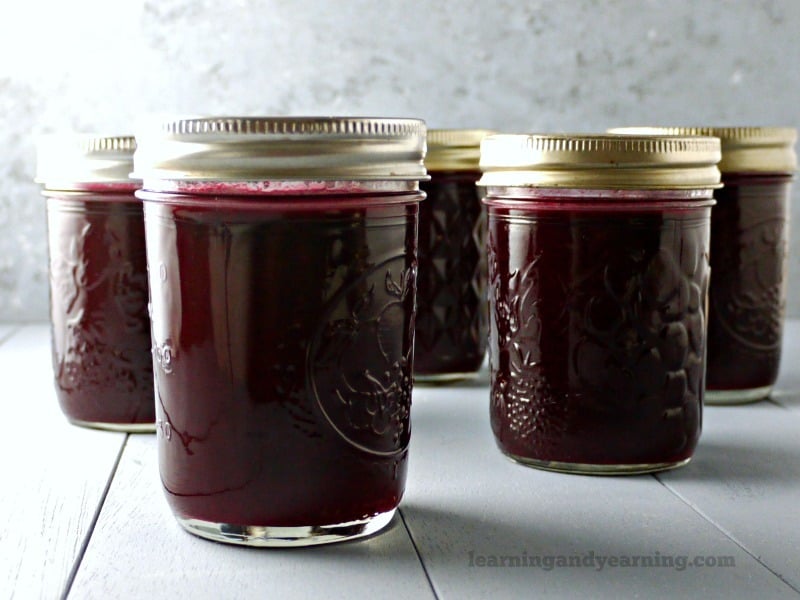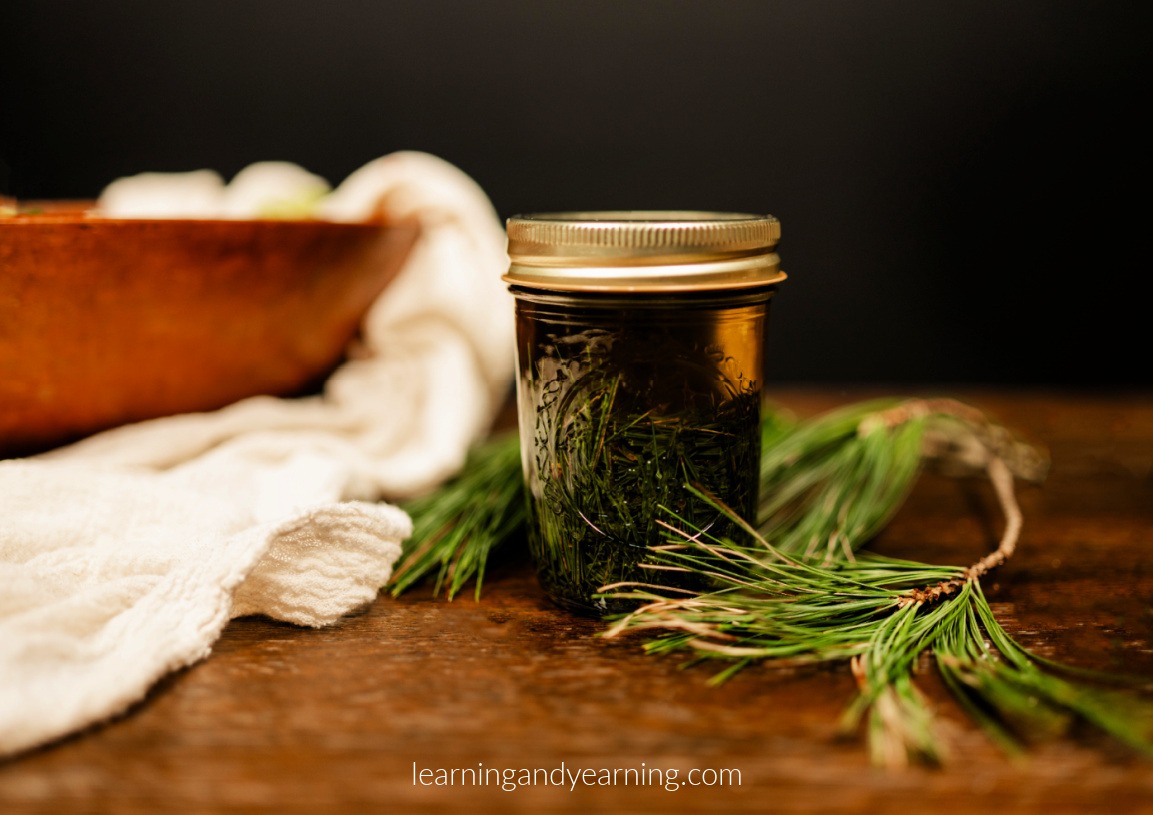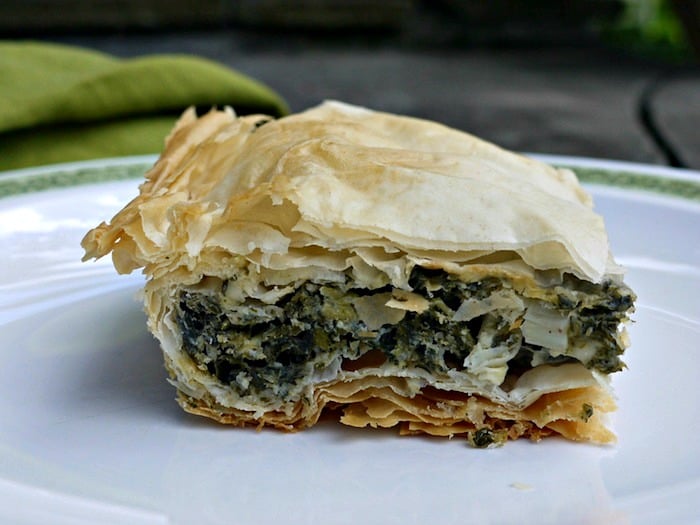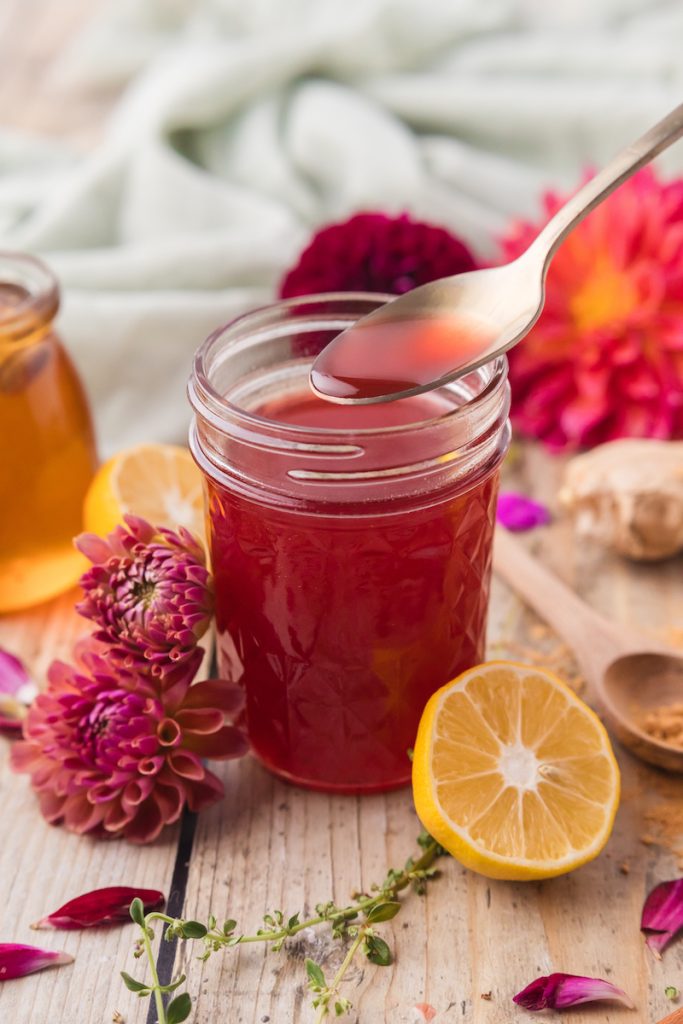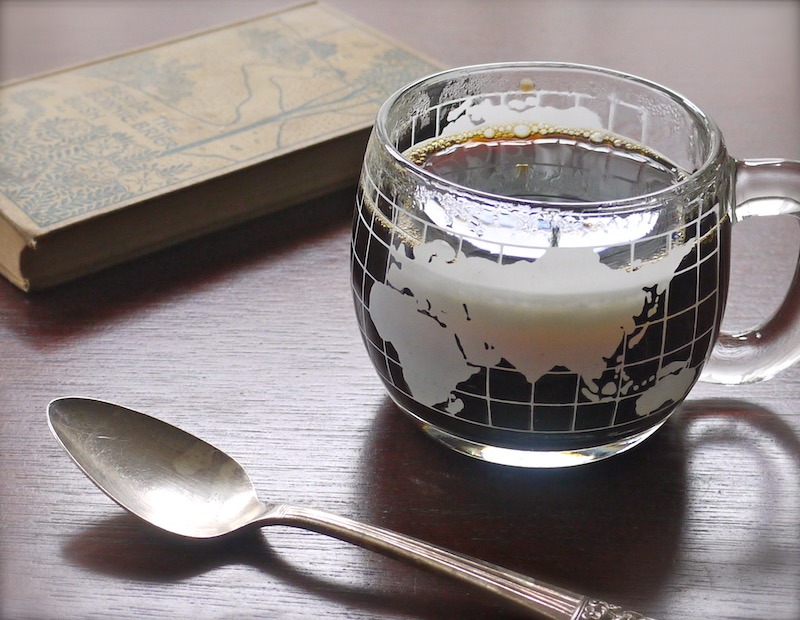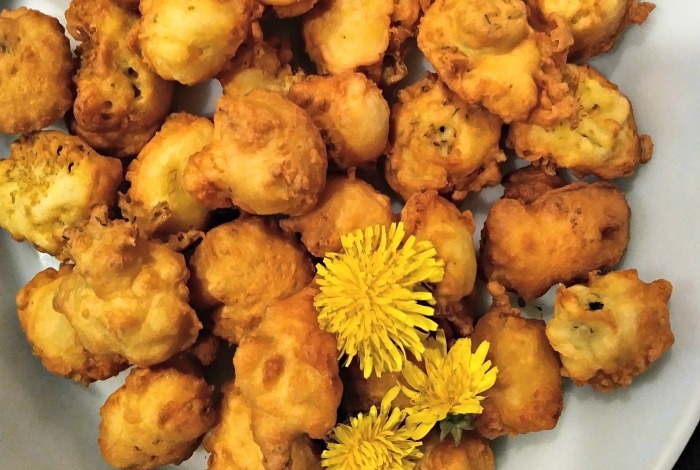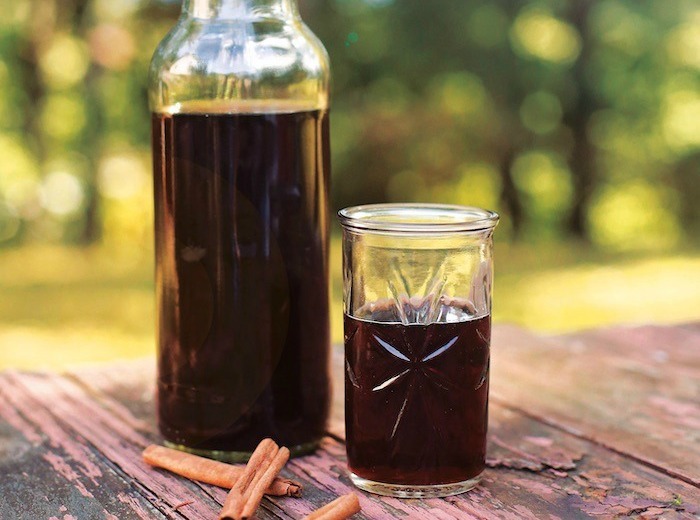Spring Foraging
If you live in a northern climate like I do, you understand how excited we feel at the approach of spring. I’m no winter hater, but there’s nothing like spring to make me feel alive. There’s more sunlight, mild temperatures, it’s time to start indoor seeds, and many spring plants are popping up and ready to forage.
With spring foraging, I love that I can gather wild greens that most people consider weeds much earlier than they are ready in my lasagna garden. And by this time of year my body is really craving those fresh plants.
What to Forage in Spring
Dandelion – Taraxum officinale
Dandelion is a perennial plant; everything above ground dies back in the fall, but the root system stays very much alive. The plant continues to grow for many seasons.
Dandelion is best known as a way to nourish and cleanse the liver. It has been used to treat jaundice, urinary tract infections and painful menstruation.
The entire dandelion plant is edible; the roots can be dried and used as a coffee substitute, young leaves can be eaten raw, made into pesto, or cooked like spinach. And the flowers make the most delicious dandelion fritters!
And dandelion is medicinal as well.
Ways to Use Dandelion:
Homemade Dandelion Flower Fritters
Violet – Viola odorata
The lovely violet prefers the shade of woods, thickets and stream banks, but it is quite adaptable and we have have many violets growing in our yard in full sun.
It’s a perennial which grows low to the ground. The leaves are heart-shaped and the flowers of the common blue violet are purple. Other species may be white or yellow.
Violets have been used medicinally for centuries. The leaves contain a good bit of mucilage, or soluble fiber and have been used to lower cholesterol levels, and are safe to consume in large quantities. This mucilage, and the fact that violet is cooling and moistening makes it a good remedy for dry skin, insect bites, eczema, varicose veins, and hemorrhoids. Use it topically as a poultice, or infuse it into oil and make a salve.
Homemade Violet and Dandelion Pink Lemonade
Salad With Wild Greens and Flowers
Violet Infused Aloe Soothing Gel
Chickweed Stelaria media
Chickweed is a cooling herb best known as an herbal remedy for itchy skin, and is found worldwide. It helps to relieve itch and soothes bites, stings, eczema, sunburn, heat rash and minor burns as well.
The chickweed plant has a hairy stem, and produces small, star-shaped, white flowers. While it appears that the flowers have 10 petals, they are actually 5 split petals.
Is it a Weed or is it an Herbal Remedy?
Best Herbal Oils for Homemade Soap
Garlic Mustard – Alliaria petiolata
When foraging it is often wise to be judicious in harvesting so as not to deplete the crop for future years. Not so with garlic mustard, an invasive species that can displace native plants.
Garlic mustard has toothy, heart shaped leaves and can be found growing below deciduous trees. All parts are edible, but the plant becomes bitter once it begins to flower. I find it especially delicious when tender – spring foraging at its best. It makes a delicious pesto and the leaves and young stems can be added to salads.
Ways to Use Garlic Mustard:
Ramps and Garlic Mustard Frittata
Cleavers – Galium aparine
Cleavers is a common medicinal weed and its velcro-like leaves will stick to your legs as you walk through a patch. The entire plant is used to strengthen lymphatic activity and is a common spring tonic. It also helps to soothe the urinary tract. It is best used fresh, rather than dried.
Cleavers is most tender in the spring and can be chopped and added to salads or smoothies. It can also be juiced.
Ways to Use Cleavers:
3 Ways to Use Cleavers for Spring Cleansing
Ground Ivy – Glechoma hederacea
The leaves and flowers of ground ivy, a plant in the mint family, are gathered in the spring. Also known as creeping charlie, it is often made into a tea which is high in vitamin C. It has been used to treat sinus congestion, headache, scurvy and tinnitus.
I prefer ground ivy when young as the taste can become quite strong. They are perfect for spring foraging.
Ways to Use Ground Ivy:
Salad With Wild Greens and Flowers
Plantain – Plantago major, P. lanceolata
This plant is very common and according to Katrina Blair in The Wild Wisdom of Weeds, plantain grows everywhere on earth where humans live.
You’ll find this common weed in grassy areas, and it loves compacted soil. My husband often pulls his truck into our yard next to the driveway so he’s not blocking me in. The first plant to come up in his truck tracks? You guessed it – plantain.
Plantain leaves are best eaten young in the spring while they are still tender. I use them most often as a home remedy.
Plantain inhibits the growth of bacteria, reduces secretions and discharges, inhibits infection, soothes by forming a film over mucus membranes and draws out toxins, stops bleeding, and heals wounds. That’s one mighty plant.
Ways to Use Plantain:
Plantain and Jewelweed Home Remedy for Poison Ivy
Plantain and Kelp Tooth Powder
Wood Sorrel – Oxalis acetosella
Both the leaves and flowers of the wood sorrel are edible and medicinal and can be found throughout most of North America. It is often confused with clover since it has similar shaped leaves. The flower, however, is quite different.
The leaves made a cooling drink to quench thirst and reduce fever. Use sparingly as it is very high in oxalic acid.
Soak tired, swollen feet in a juice made from the leaves of wood sorrel for some soothing relief.
Ways to Use Wood Sorrel:
7 Benefits of Common Lawn and Garden Weeds
Ostrich Fern Fiddleheads – Matteuccia struthiopteris
Fiddleheads are the are the furled fronds of a young fern. Not all fiddleheads are edible, though; only the ostrich fern fiddlehead is edible (some say there are a few others).
The northeast section of North America is where you will find these delicacies growing. Ostrich Fern love moisture, and we find them growing along the floodplain of a local creek.
Fiddleheads should always be cooked before eating, and remind me a bit of asparagus.
Ways to Use Fiddleheads:
How to Forage Ostrich Fern Fiddleheads
Cattail Shoots – genus Typha
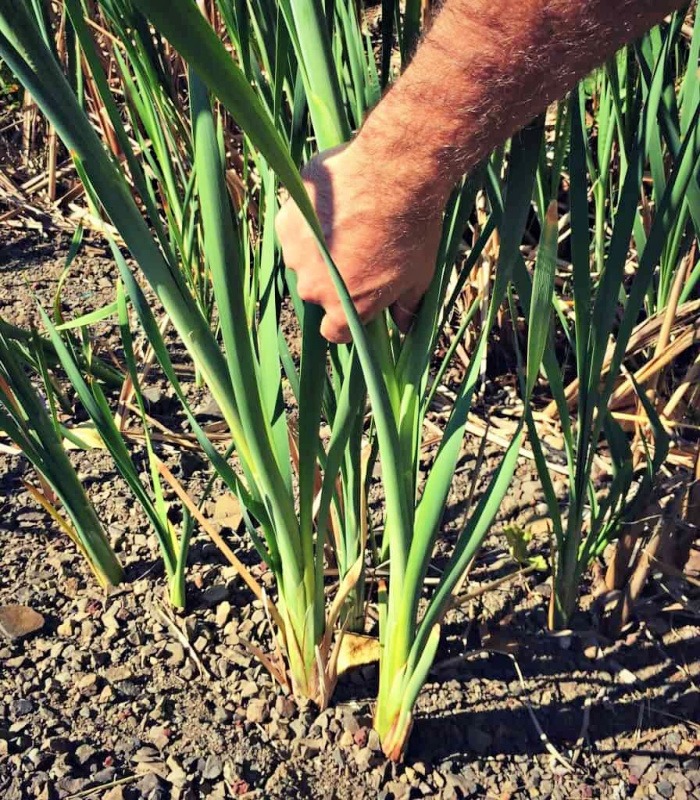
Photo used by permission of Colleen at GrowForageCookFerment.
The tender shoots of cattail are perfect for eating in mid to late spring. Cattail loves water and are often found growing on the edges of ponds and swamps.
Be sure the water they are growing in is clean. Cattail often grow in ditches alongside roads, but runoff from the road often pollutes the water.
Gather cattail shoots by peeling back the outer 2-3 leaves and then grasp the stalk with both hands, and pull. The shoot will generally come out easily, without the root. Next, cut away the leaves on the upper portions of the shoots; the tender light colored hearts are all you will be eating.
Be sure to clean thoroughly before eating as plants grown in water may be contaminated with parasites or chemicals.
Cattail is delicious raw and reminds me a bit of fresh, crisp cucumber.
Ways to Use Cattail:
Stinging Nettle – Urtica dioica
Stinging nettle is one powerhouse – some consider it a complete multi-vitamin and mineral supplement. The leaves are used in the treatment of literally dozens of ailments including arthritis, asthma, dandruff, PMS and bladder infections.
One of the most common uses of nettle as a home remedy is its use in treating seasonal allergies because of its anti-histamine properties. It is especially effective when use is begun 2 months in advance of allergy season, but I’ve found even the occasional cup on a bad allergy day to be helpful as well.
Stinging nettle is a perennial commonly found growing in moist, shady, woodland areas, growing 3’ – 6’ tall.
Notice the barbs on the underside of the leaves and on stems. They act like hypodermic needles injecting a number of chemicals into your skin, producing the painful sting from which its name is derived. Those chemicals include histamine, formic acid, acetylcholine, and serotonin. Together they trigger pain.
Ways to Use Stinging Nettle:
Ramps – Allium tricoccum
Ramps, or wild leeks, are found in the eastern U.S. I generally find them on north facing slopes under deciduous trees in late April or early May.
Ramps have become scarce in some areas because of over-harvesting. Never take more than you can use, consider taking only leaves, and most importantly make sure the patch from which you are harvesting is treated with respect so that the ramps can reproduce and provide for others for generations to come.
Ways to Use Ramps:
Ramps and Garlic Mustard Frittata
Lamb’s Quarters – Chenopodium album
This common garden weed is high in vitamins A, B complex, and C and rich in iron. It gently detoxifies the body because of its high chlorophyll content.
Use a tea of leaves for tummy aches and diarrhea or as a wash to heal skin irritations.
Ways to Use Lamb’s Quarter:
Foraging Wild Quinoa (Lamb’s Quarter) Seed
Japanese Knotweed – Reynoutria japonica
Japanese knotweed is highly invasive in the U.S. and is scorned by many. It’s certainly not a plant that I would ever encourage to grow but it is not only edible, but very medicinal.
I once heard an herbalist call it the most medicinal plant on the planet. So perhaps it is growing near us because we need it. Older roots are particularly medicinal and can be harvested and tinctured.
Young shoots of Japanese knotweed can be prepared and eaten like asparagus or rhubarb.
Ways to Use Japanese Knotweed:
Using Japanese Knotweed for Food and Medicine
Hosta – genus Hosta
Hosta is a common landscaping perennial which loves shade, but will grow in full sun as well. It’s also very low maintenance, making it a popular plant in gardens everywhere. The rolled up leaves, or shoots, as they emerge in the spring, are a great alternative to asparagus.
Hosta shoots appear early to mid-spring. To harvest, simply cut the young shoot at ground level. Wash thoroughly before using. They are great sliced raw in salad, too!
The shoots, leaf petiole, whole leaves and flowers are edible, but taste best when young. All hosta species are edible.
Ways to Use Hosta:
Crispy Goodness: Batter Fried Hosta Shoots
Watercress
Watercress is a perennial green which grows wild in shallow areas of streams and has a wonderful peppery taste.
Watercress is especially tender in the spring, and can be used fresh in salads, or as an ingredient in soup. It is high in vitamin C and minerals. It can be used all season, but once it flowers, it may become bitter.
Be sure to clean thoroughly before eating as plants grown in water may be contaminated with parasites or chemicals. Tips for foraging may be found here.
Ways to Use Watercress:
Homemade Creamy Watercress Soup
Maple – genus Acer
Spring is, of course, maple sugaring time. You don’t have to have a lot of maple trees to forage their sap, and for that matter, the tree does not have to be a sugar maple.
We have only 2 maple trees on our property and they are silver maples. That doesn’t stop us from tapping them and getting about 3 quarts of syrup in a season.
Ways to Use Maple:
Old-Fashioned Maple Syrup Cookies
101 Recipes That Use Real Maple Syrup
Other Foraging Posts You’ll Love
How to Identify Pine, Spruce, Fir, and Hemlock
Wild Foraged Wintergreen Oil Salve
How to Forage and Make Dock Seed Flour
Roasted Dandelion Root Coffee Ice Cream
Sumac Lemonade Fermented with Wild Yeast
